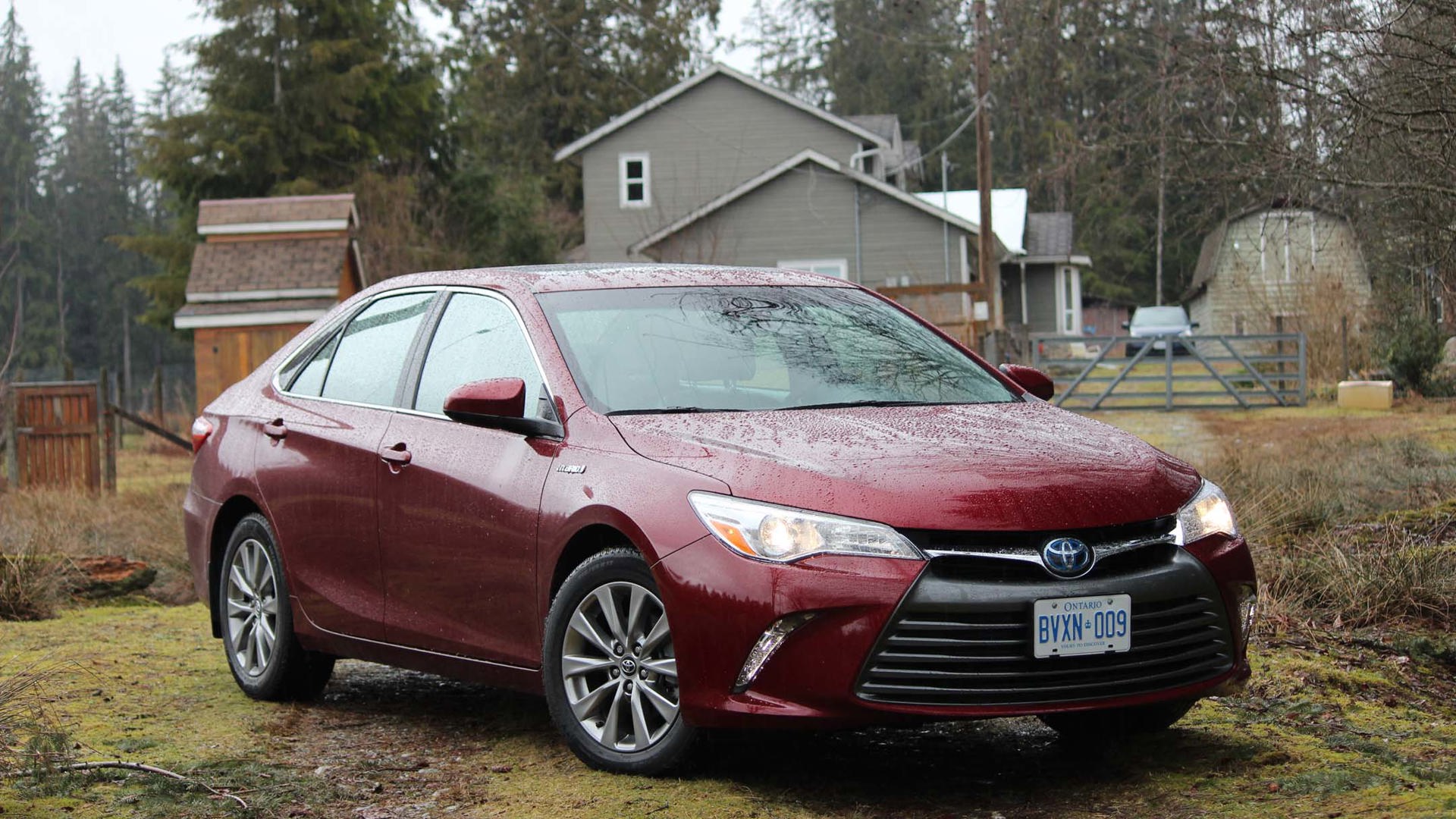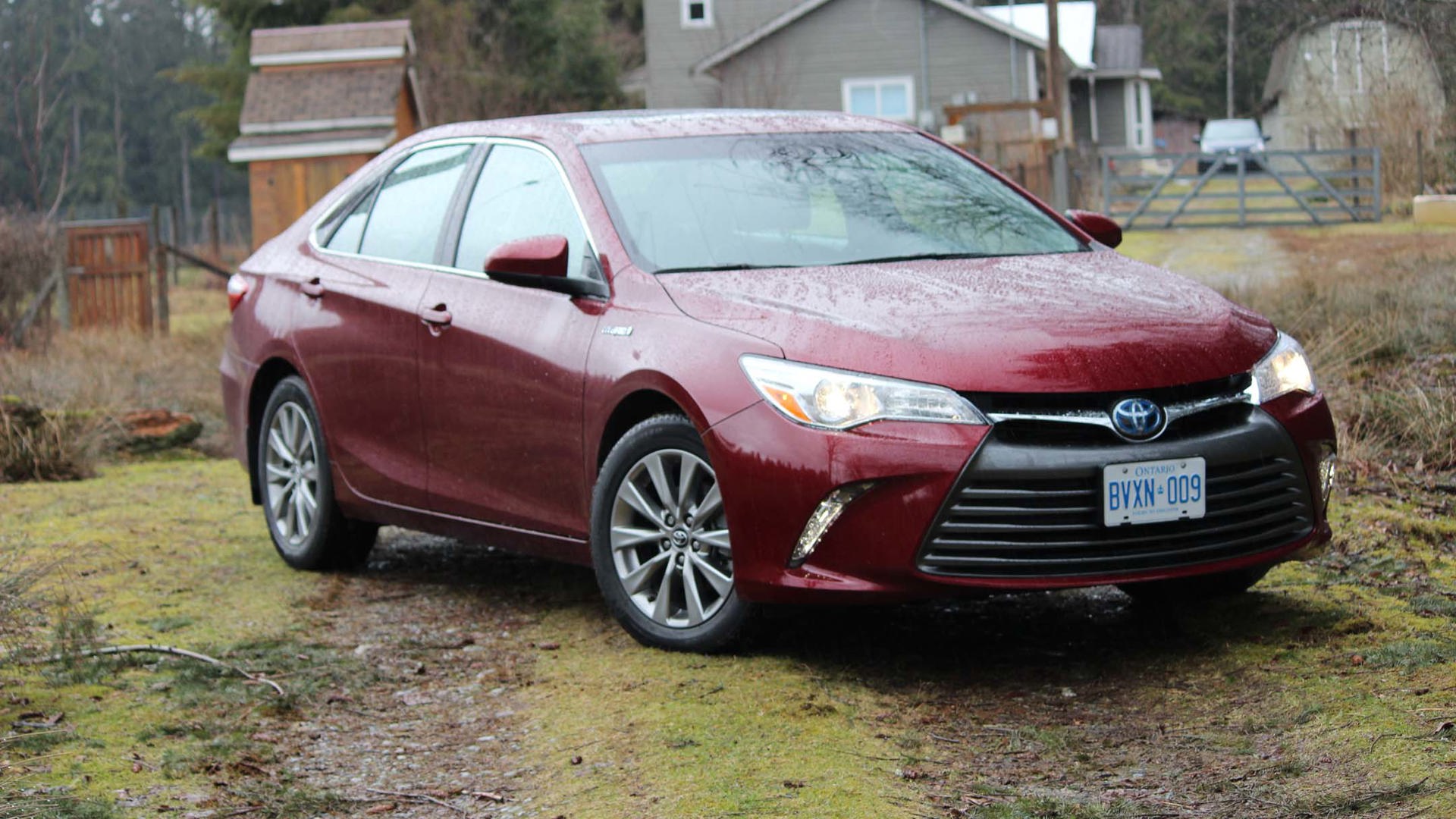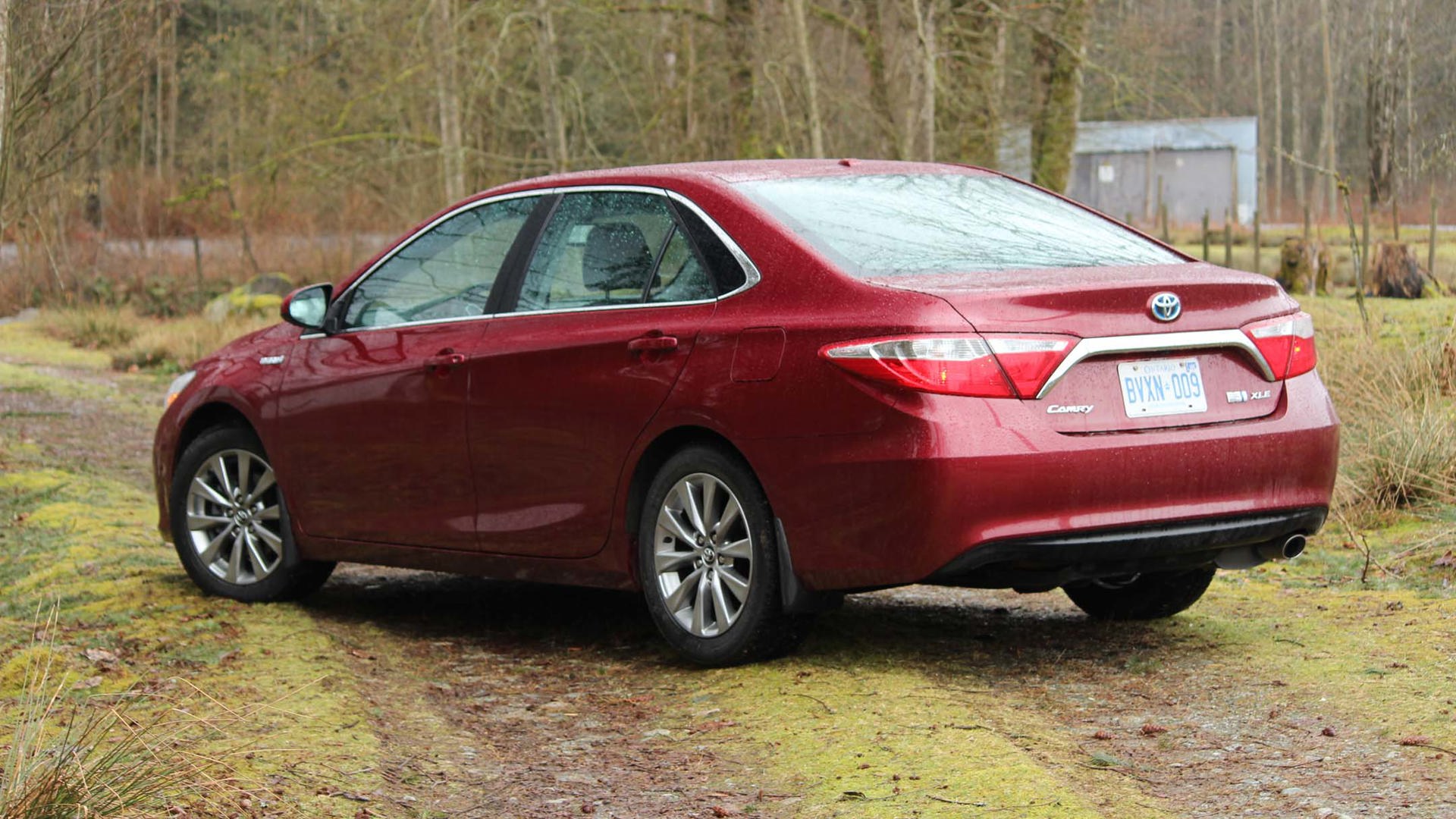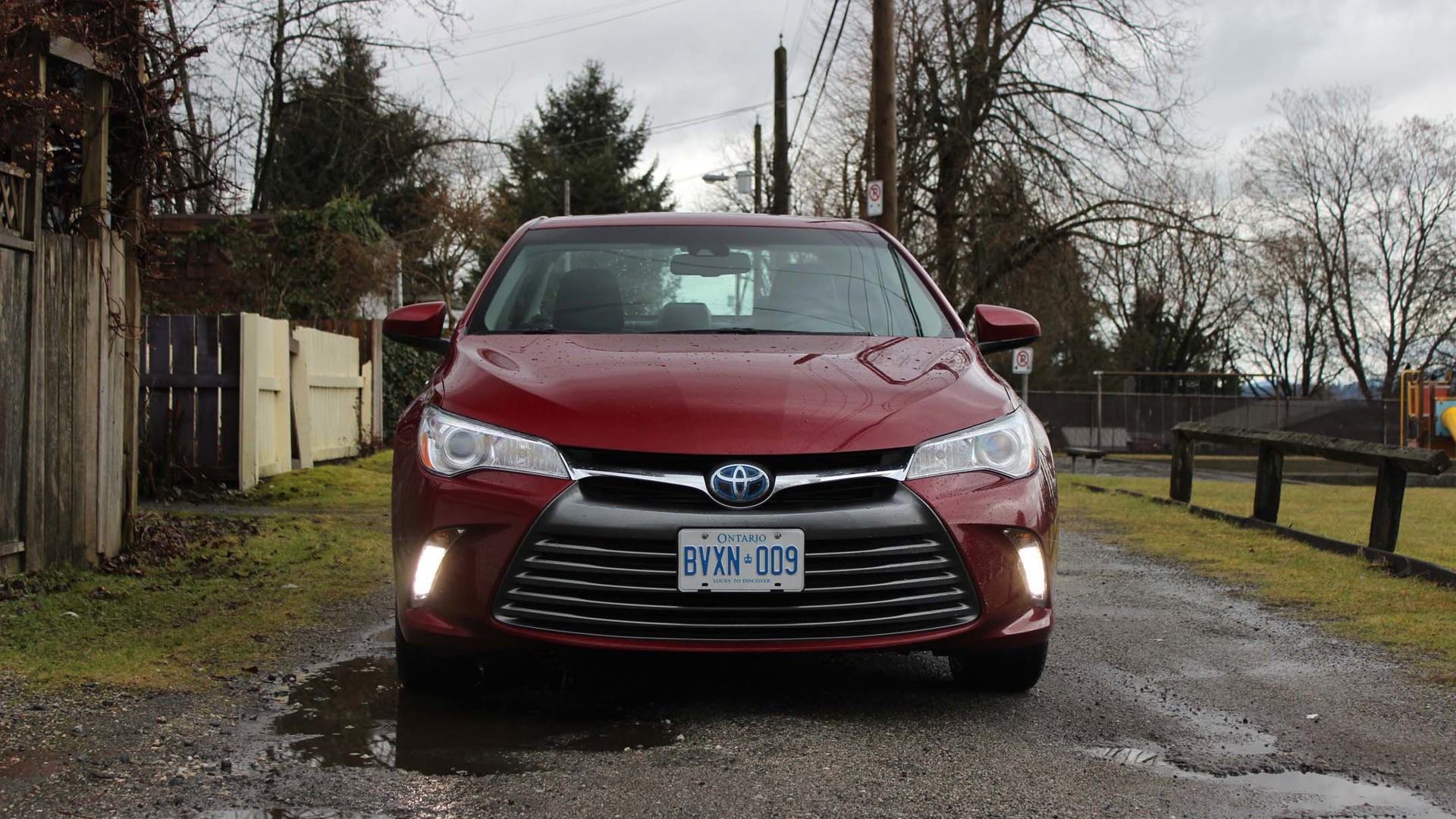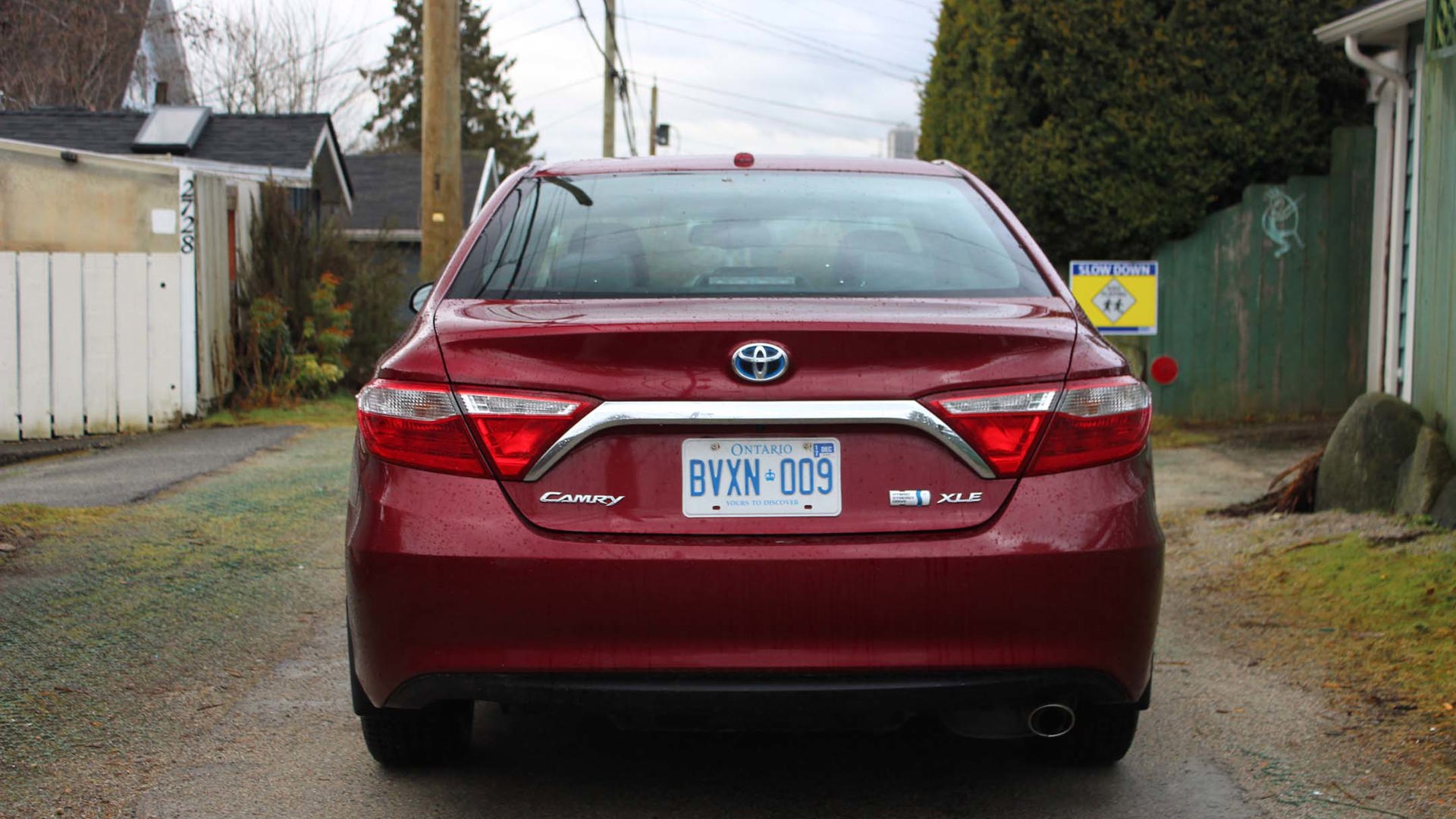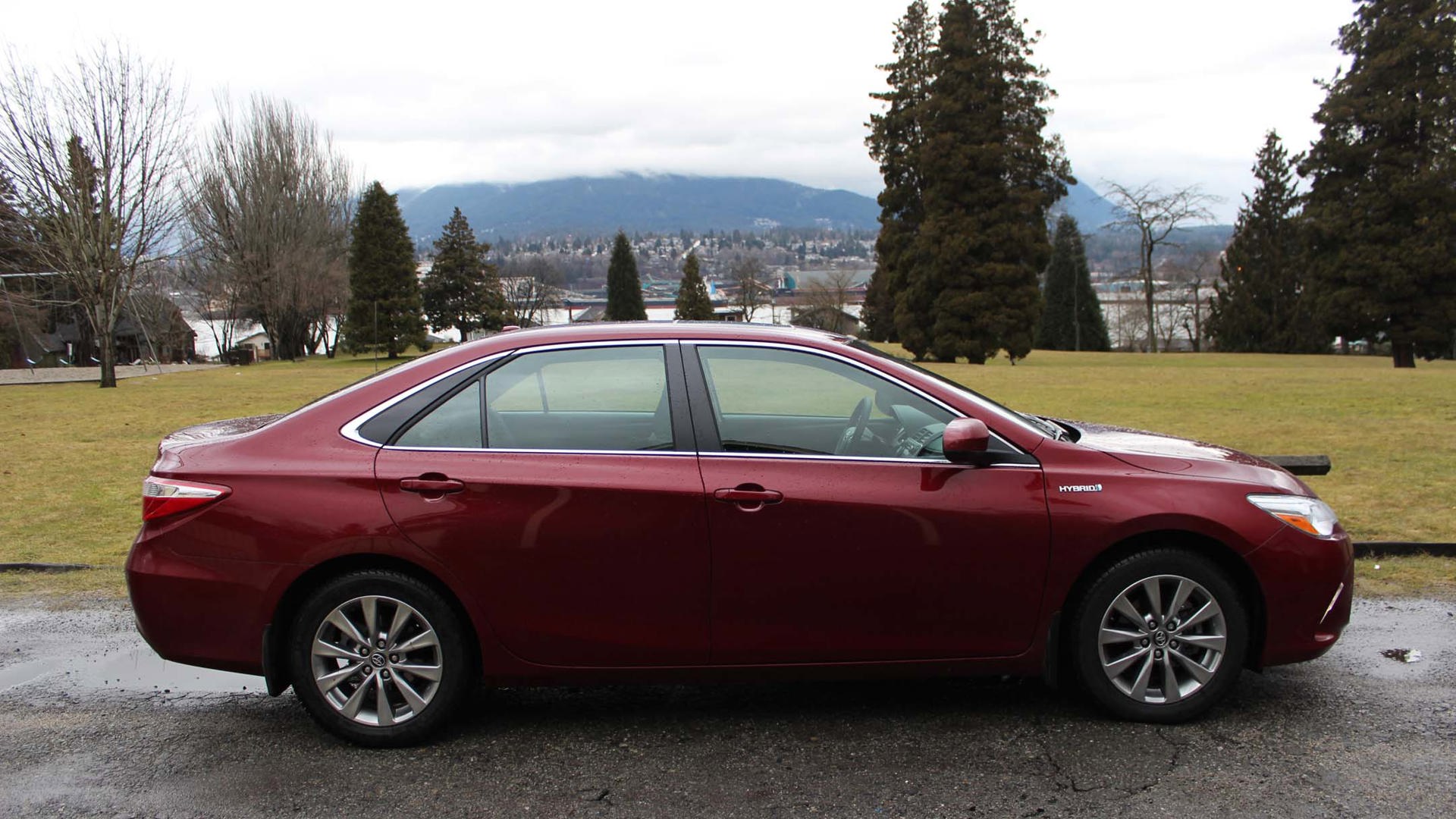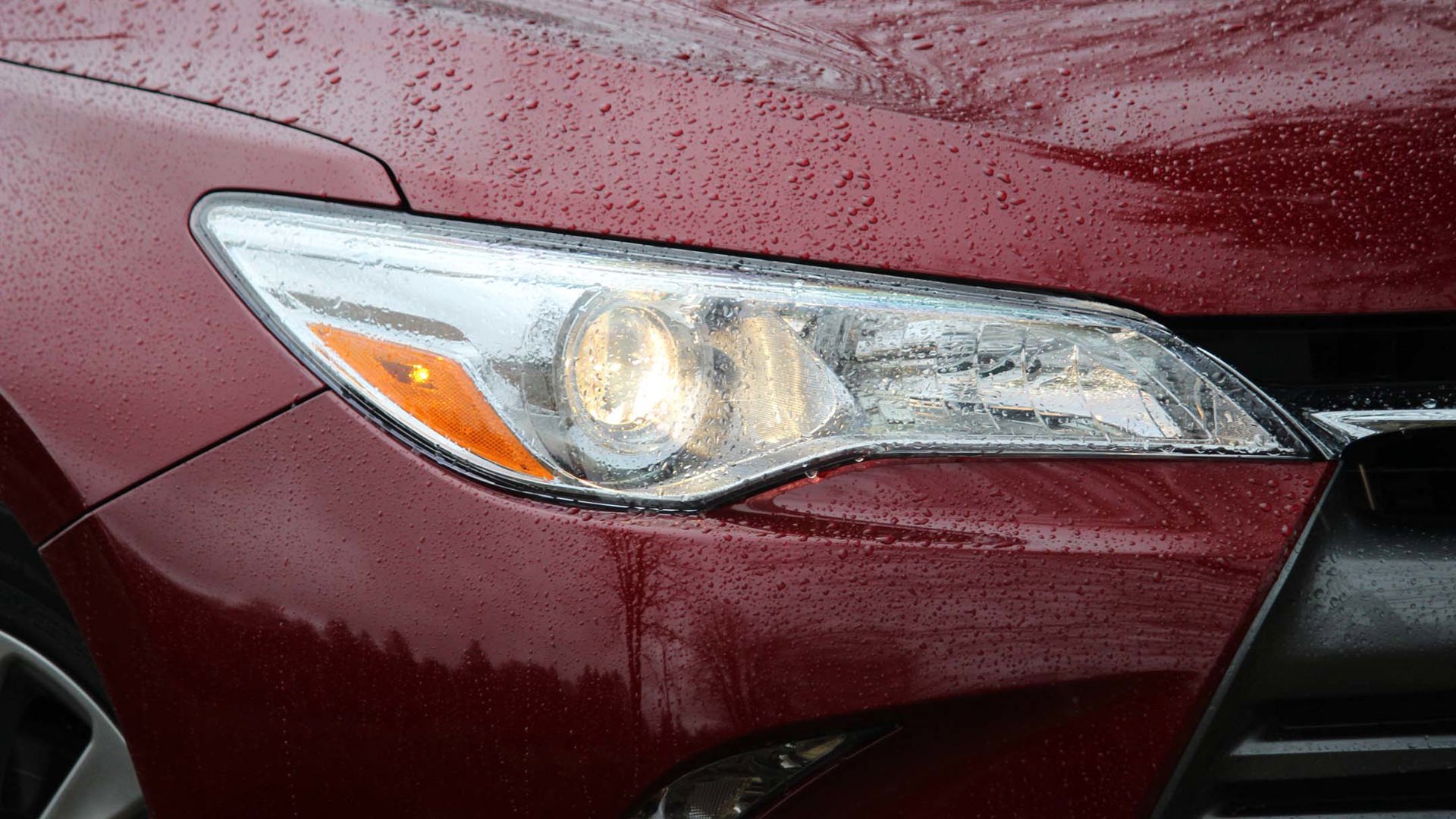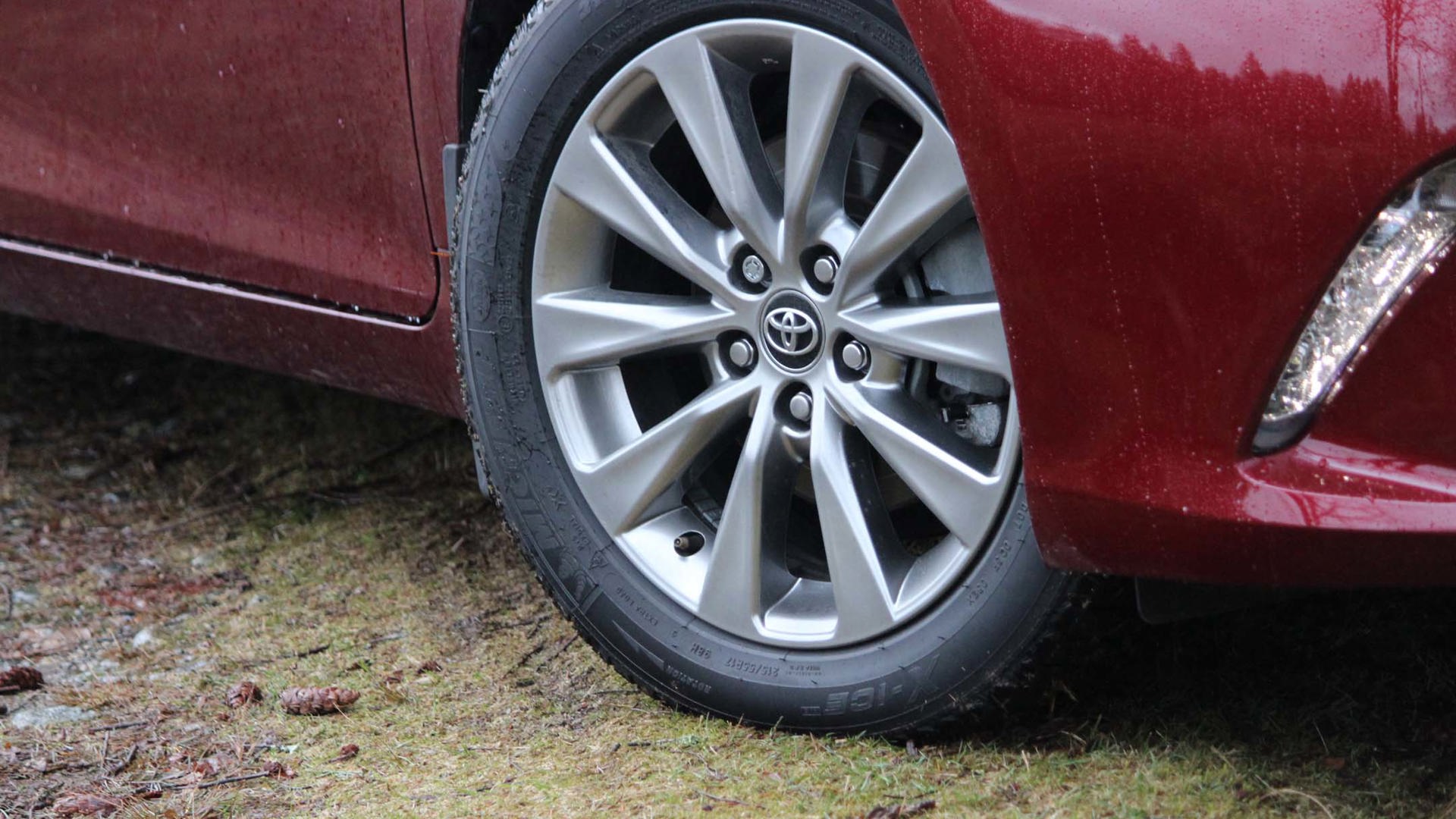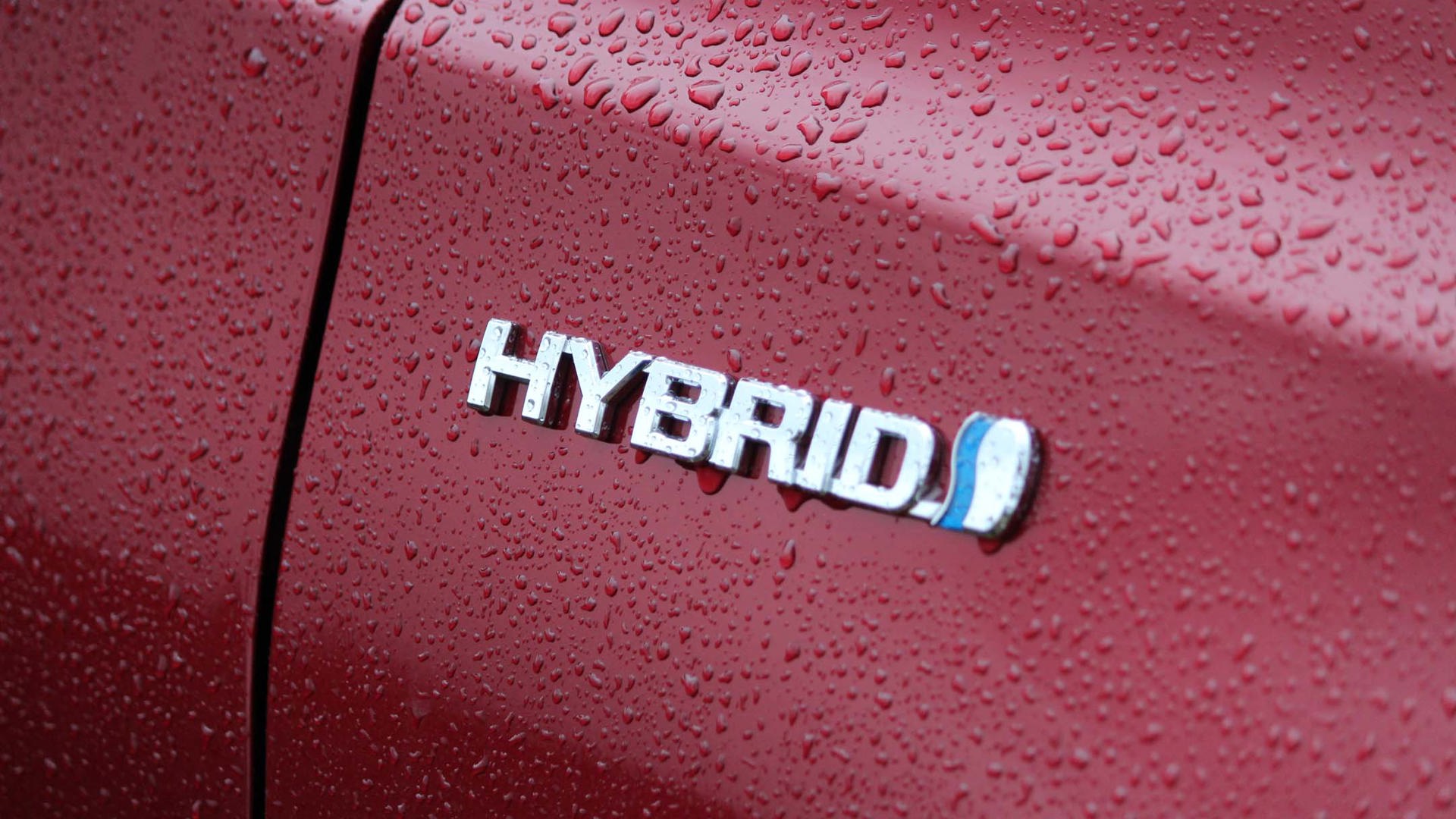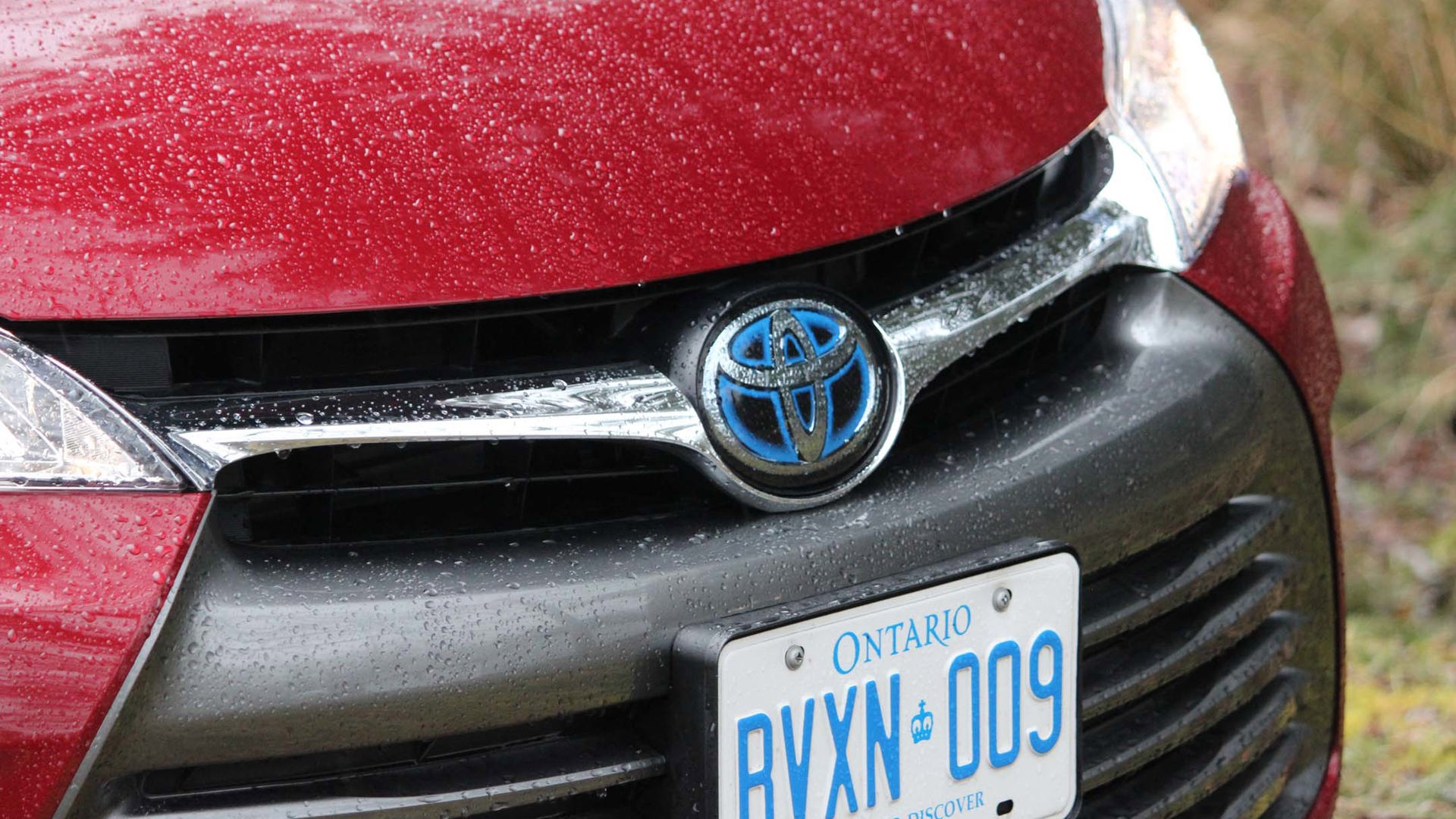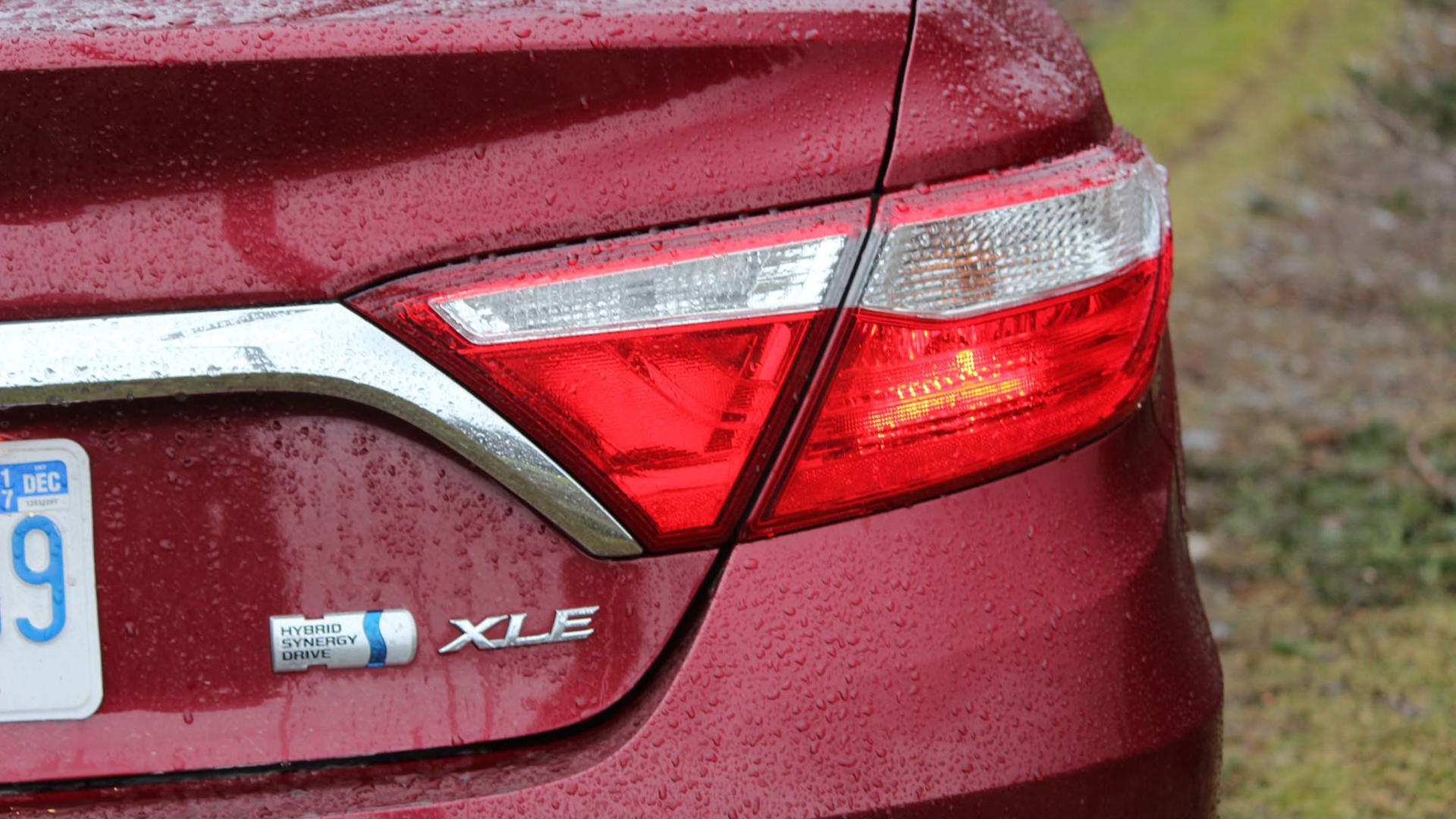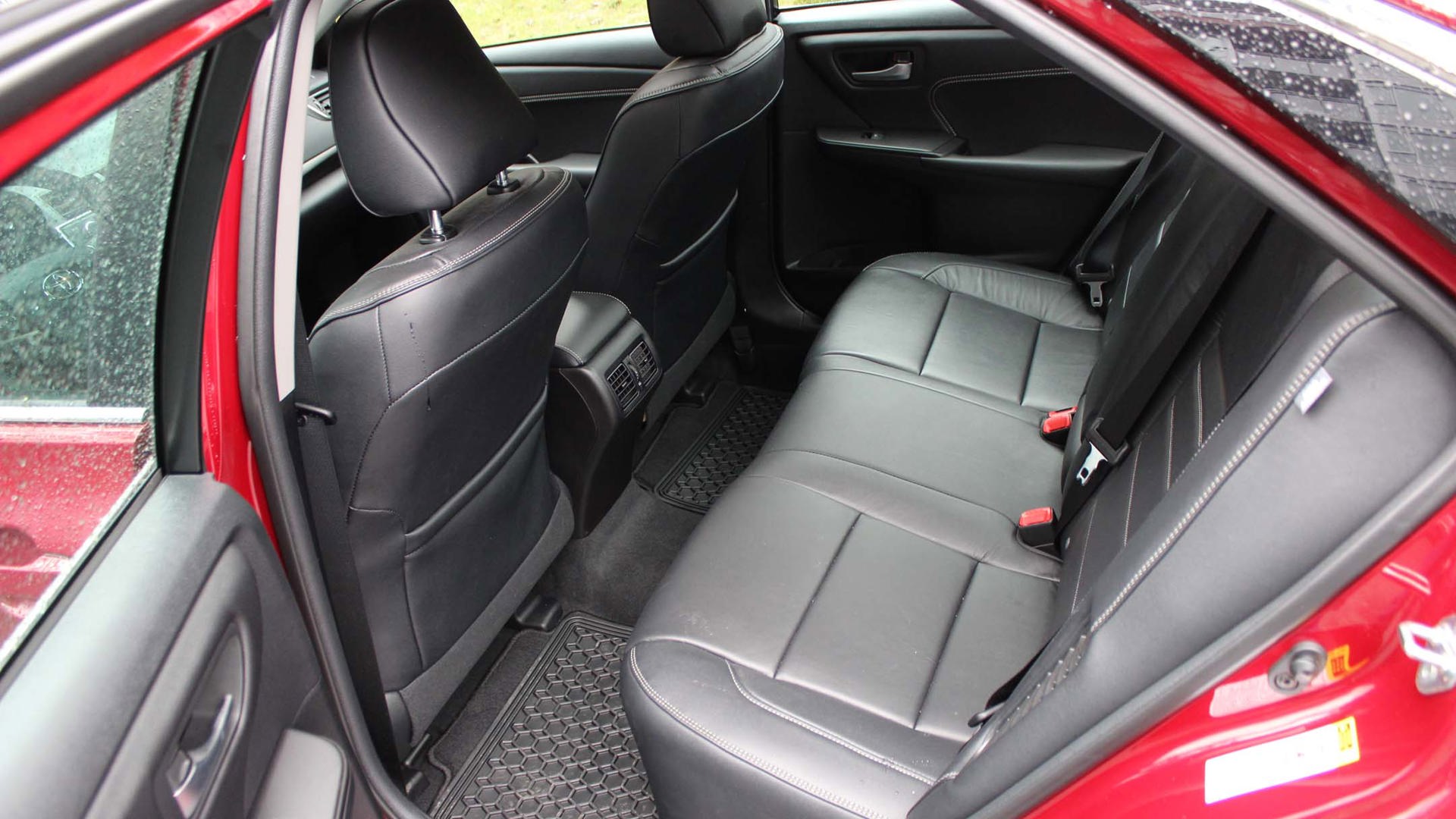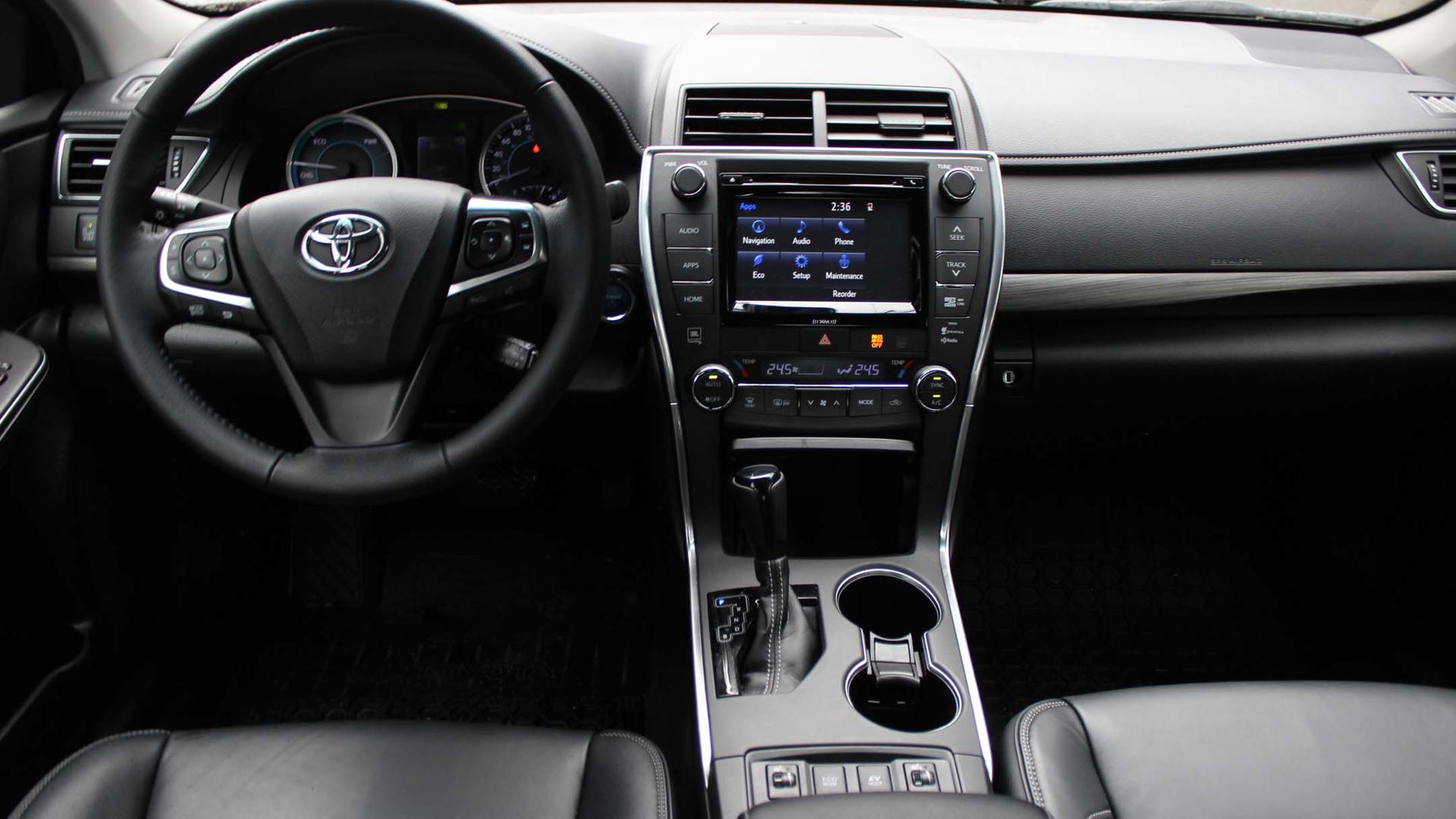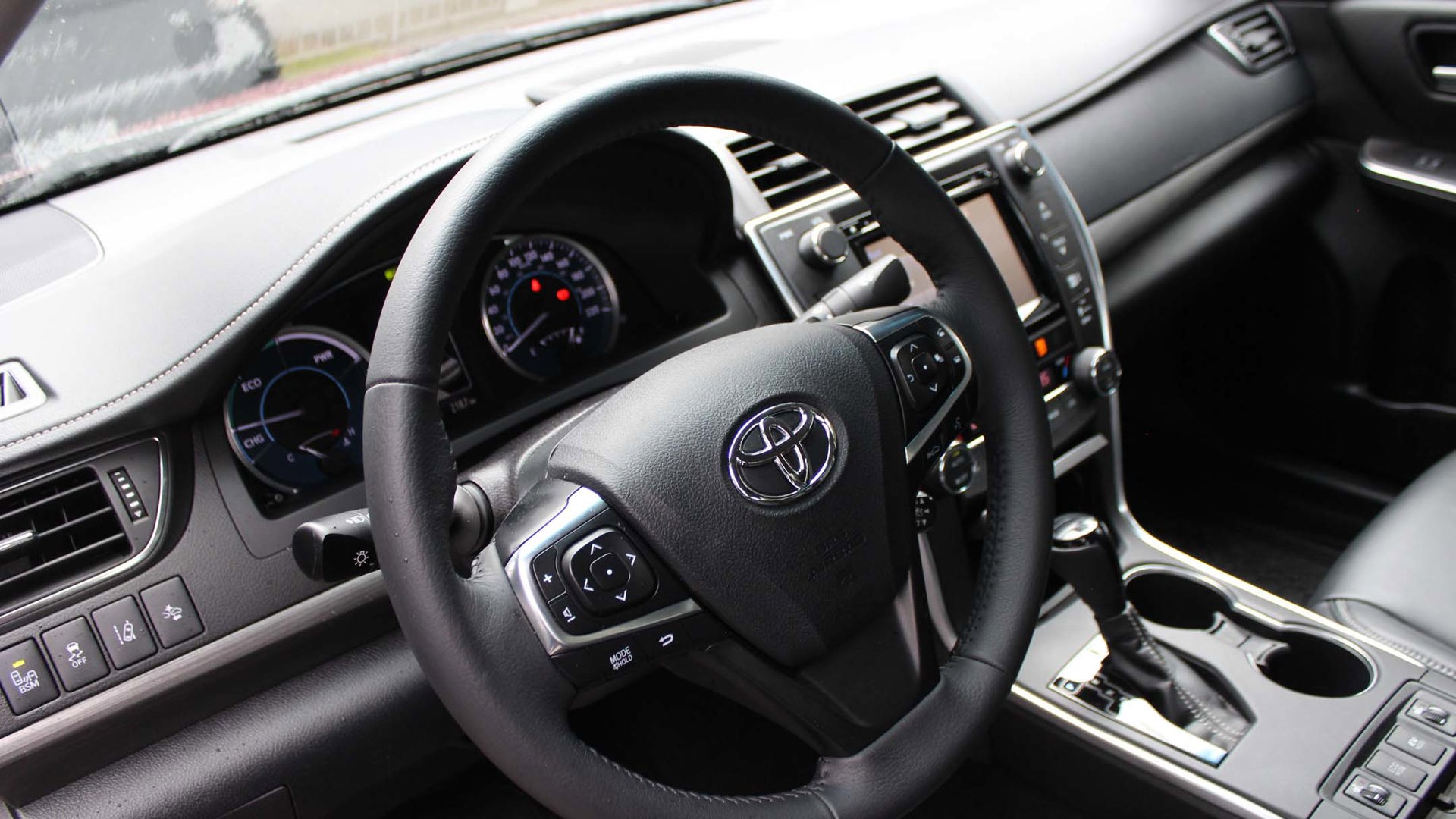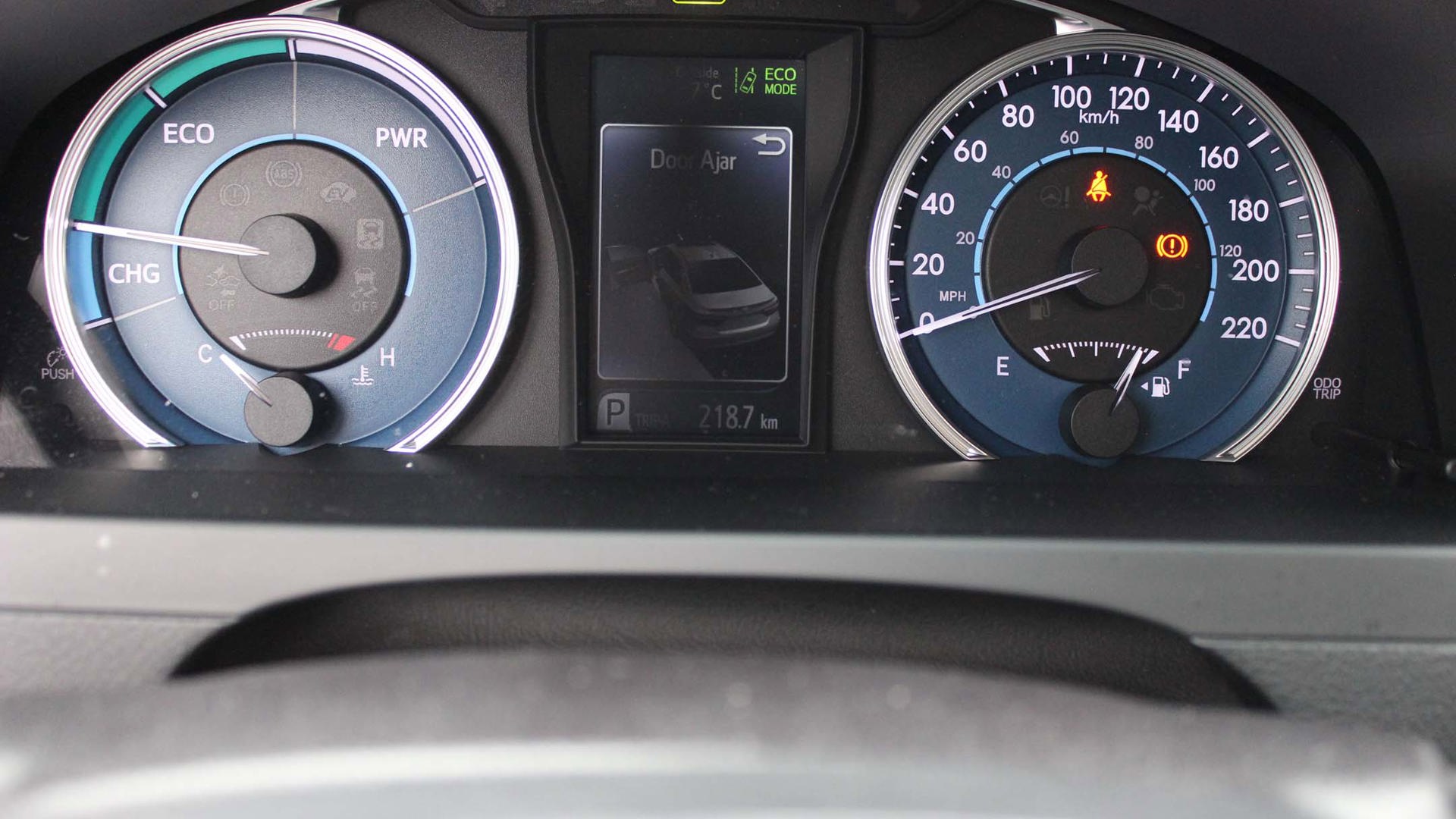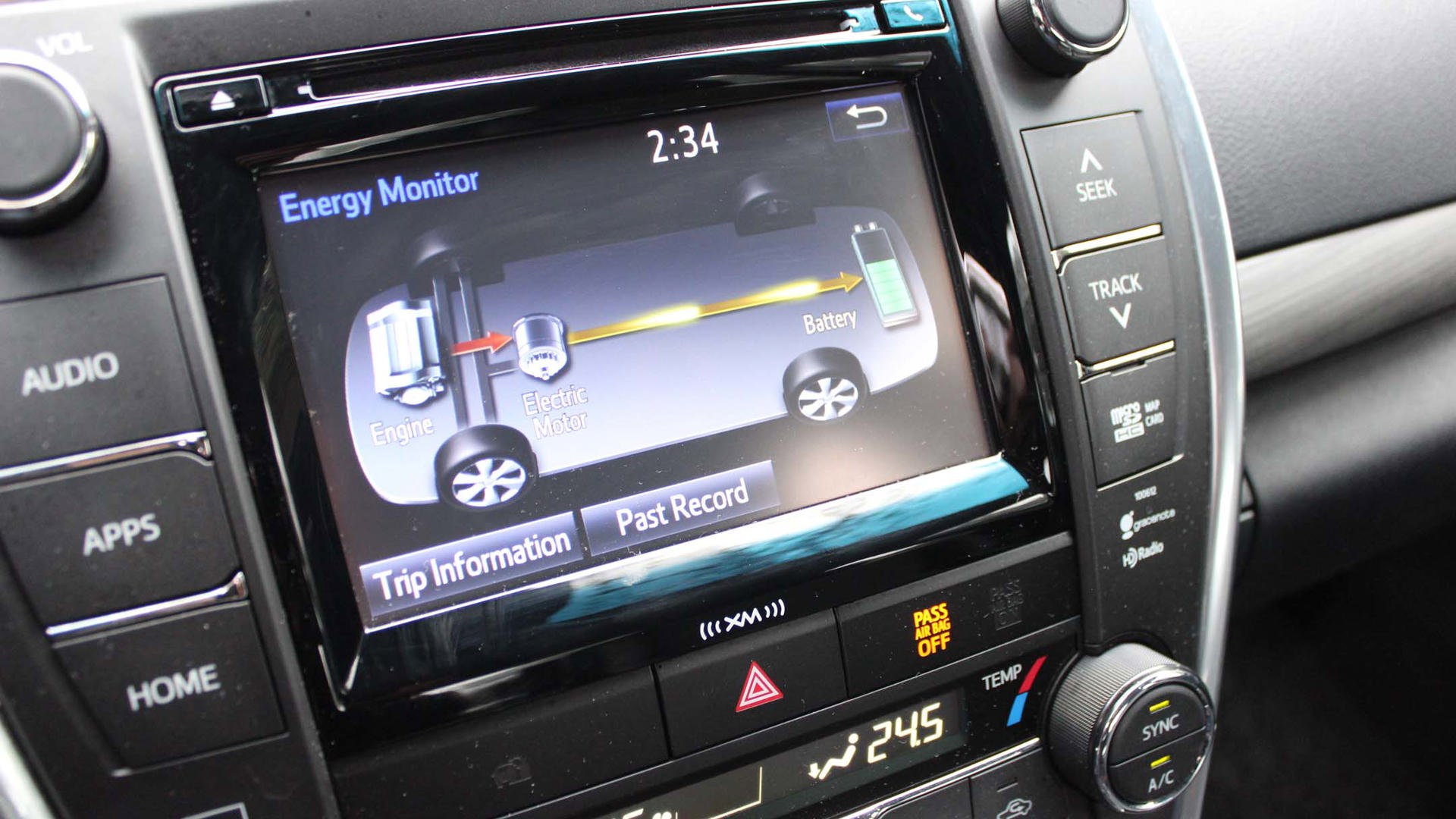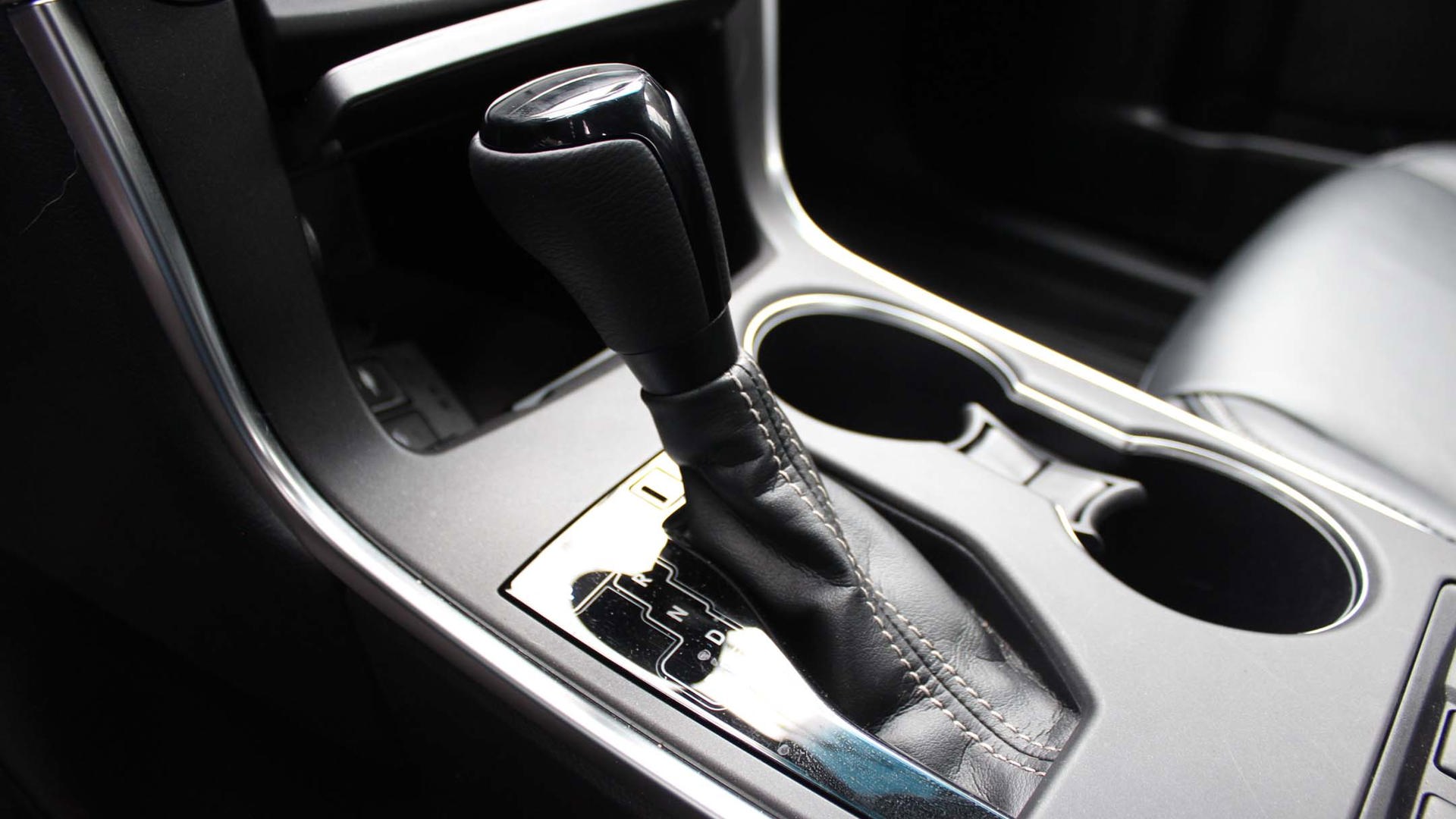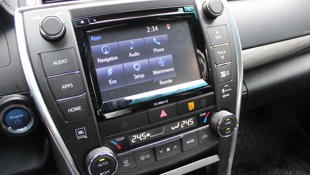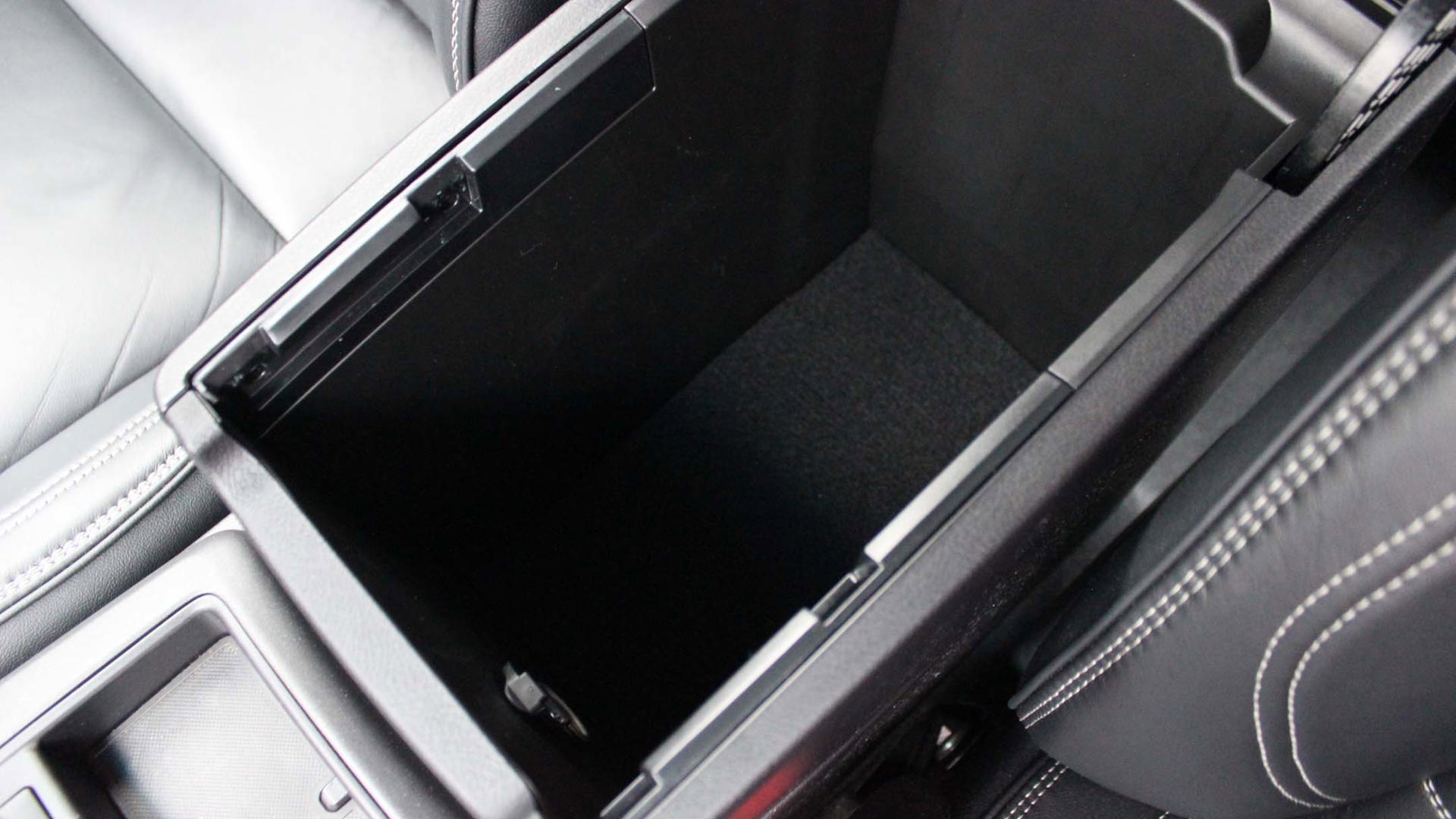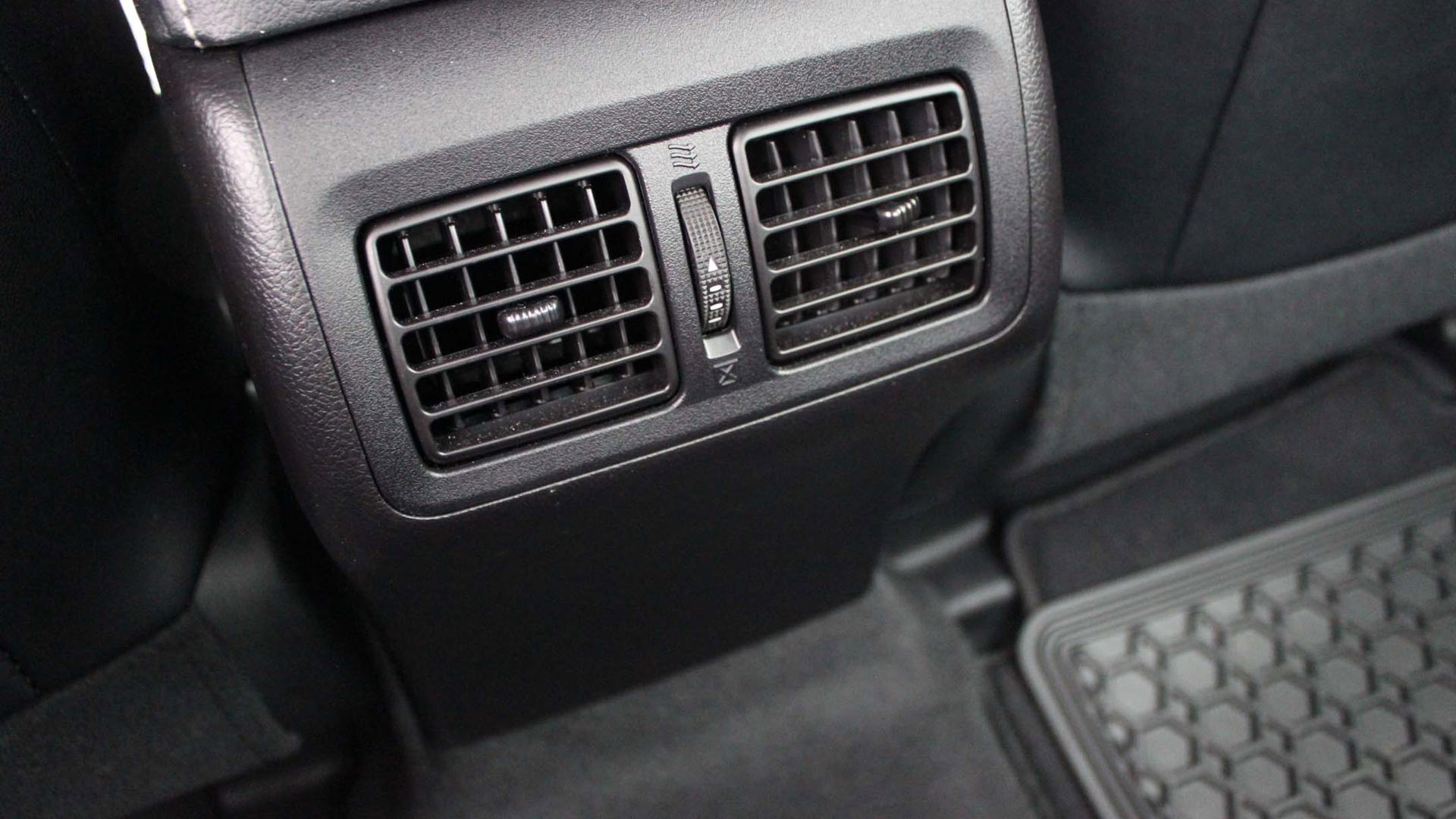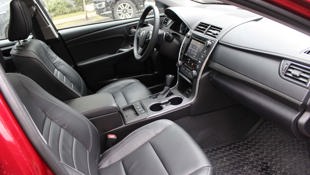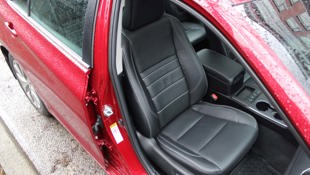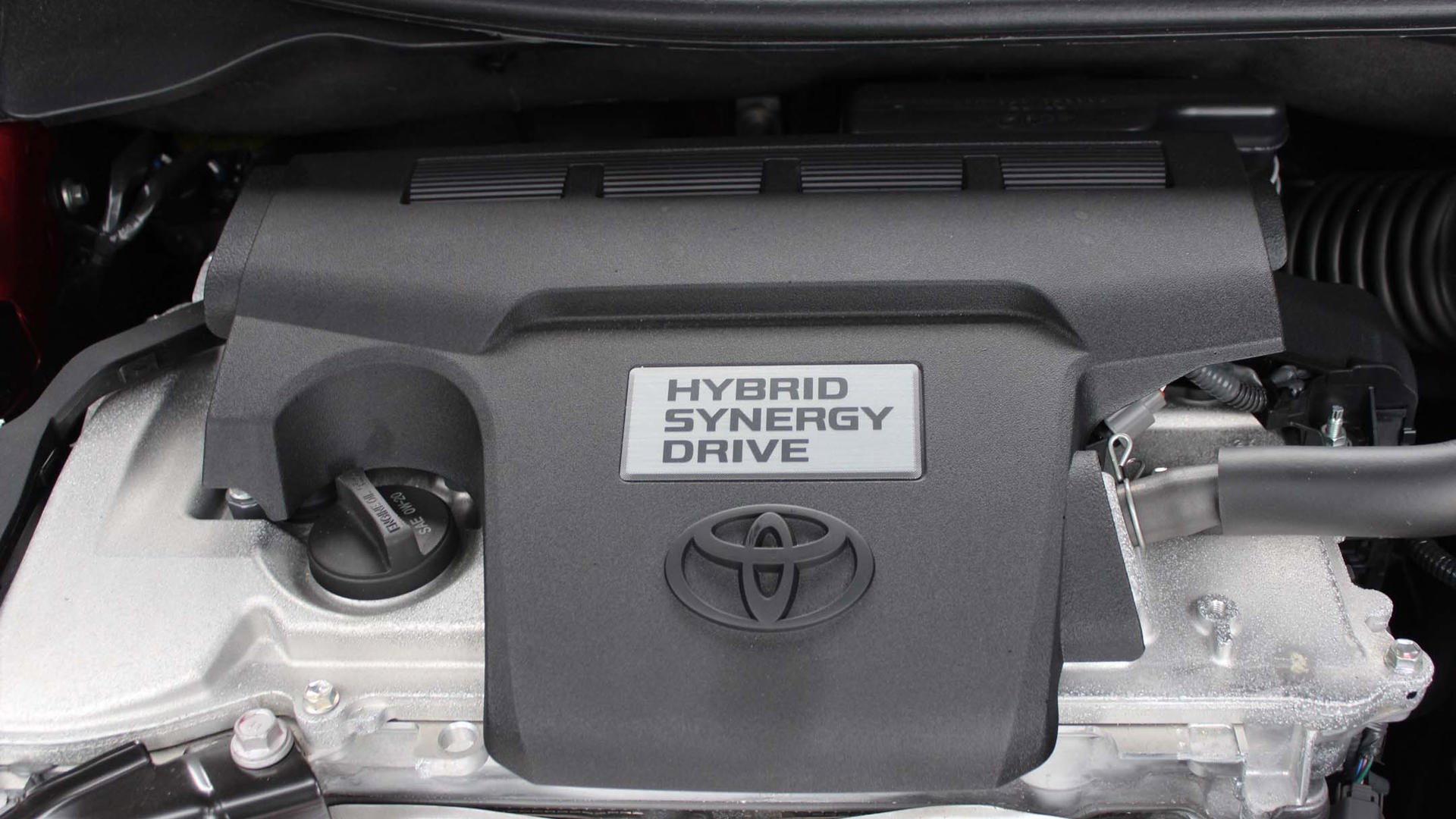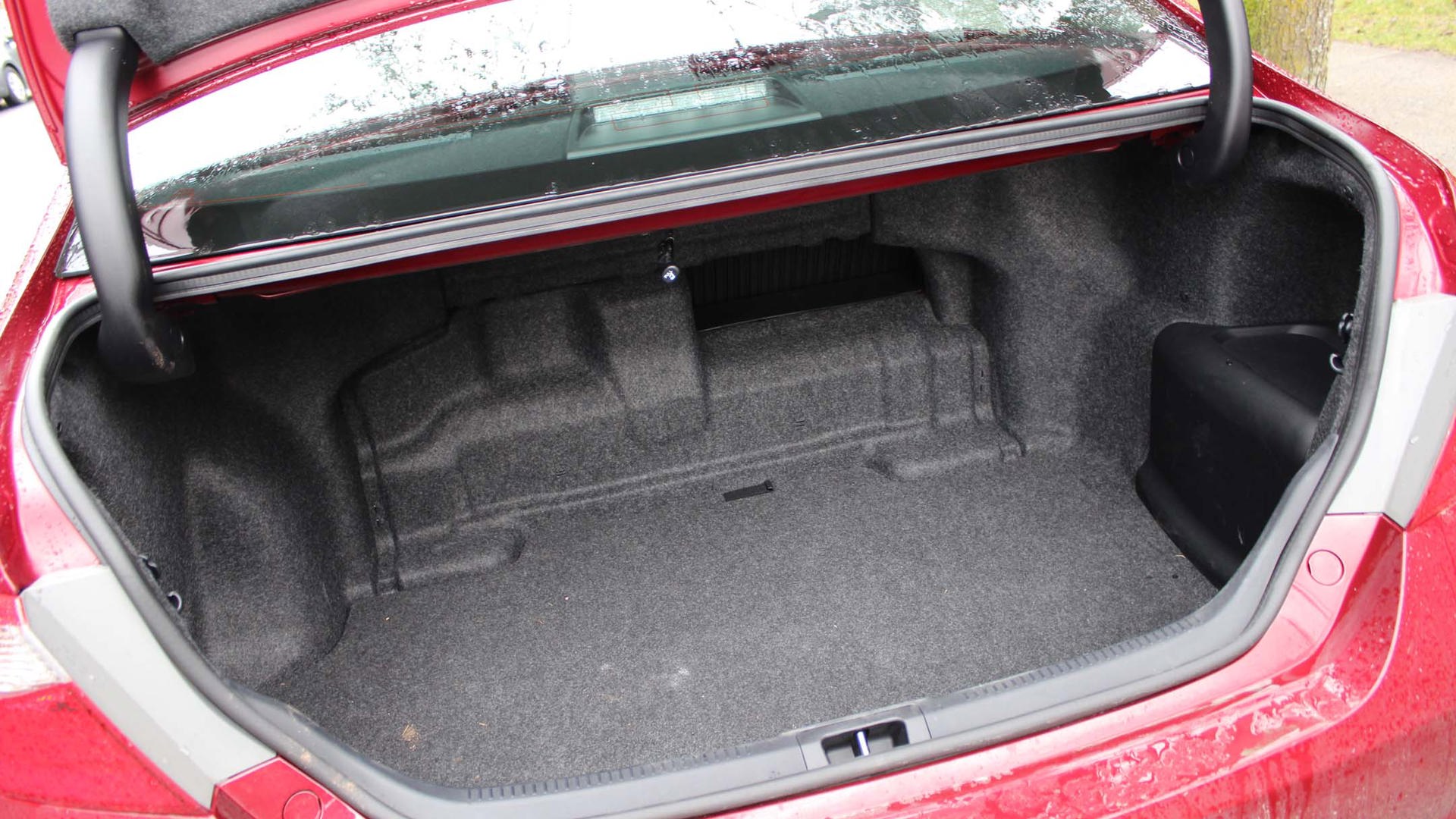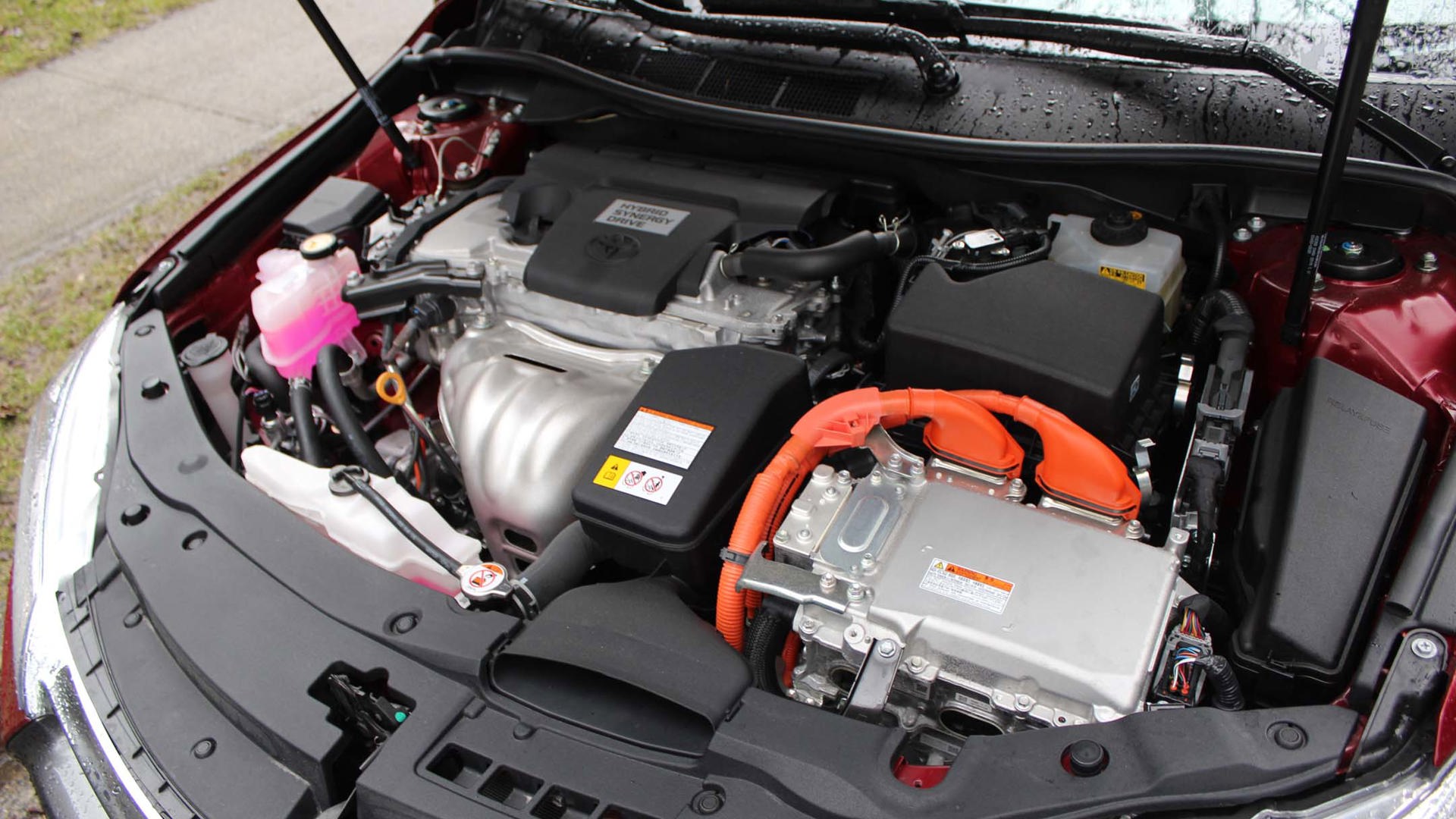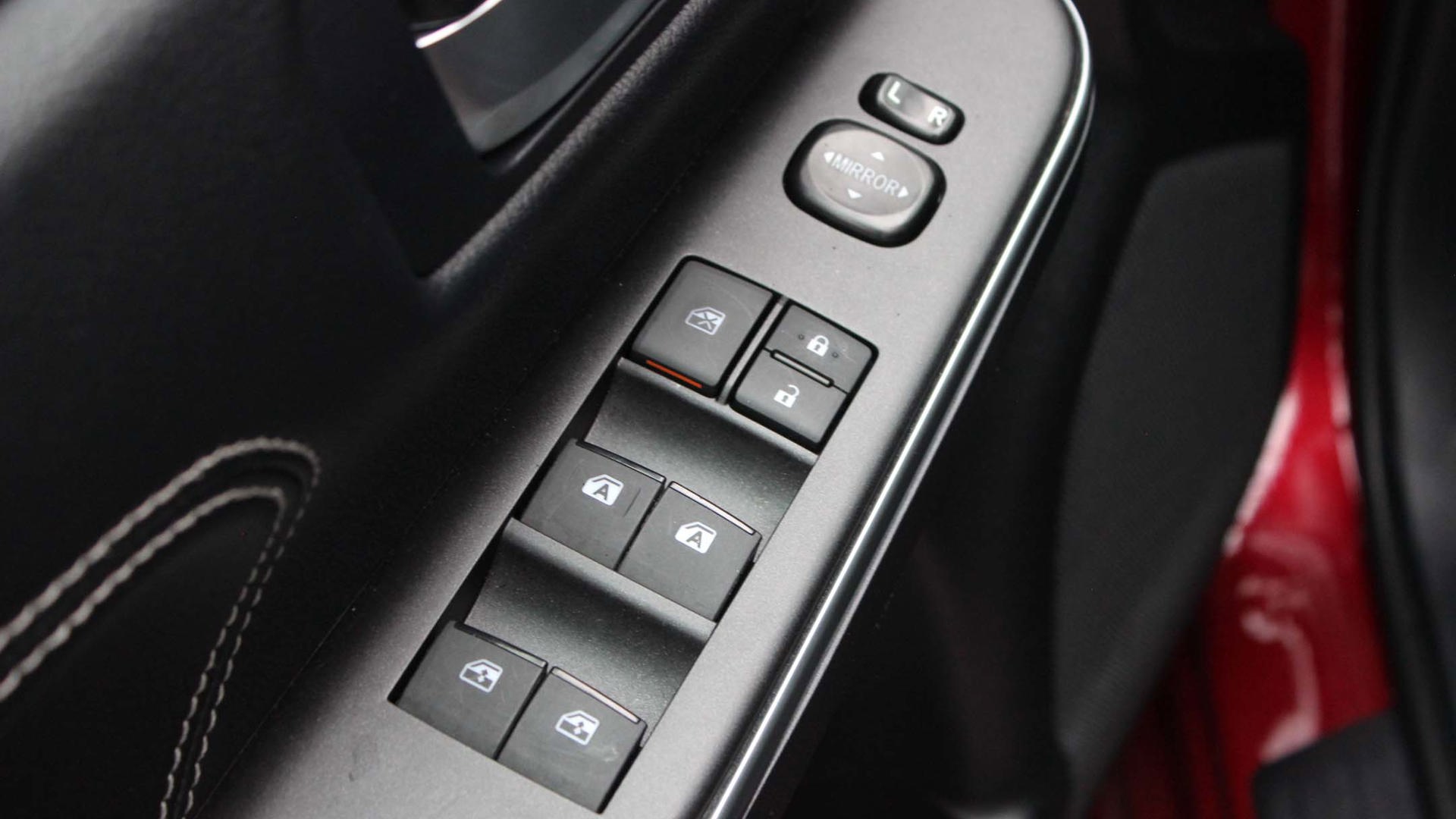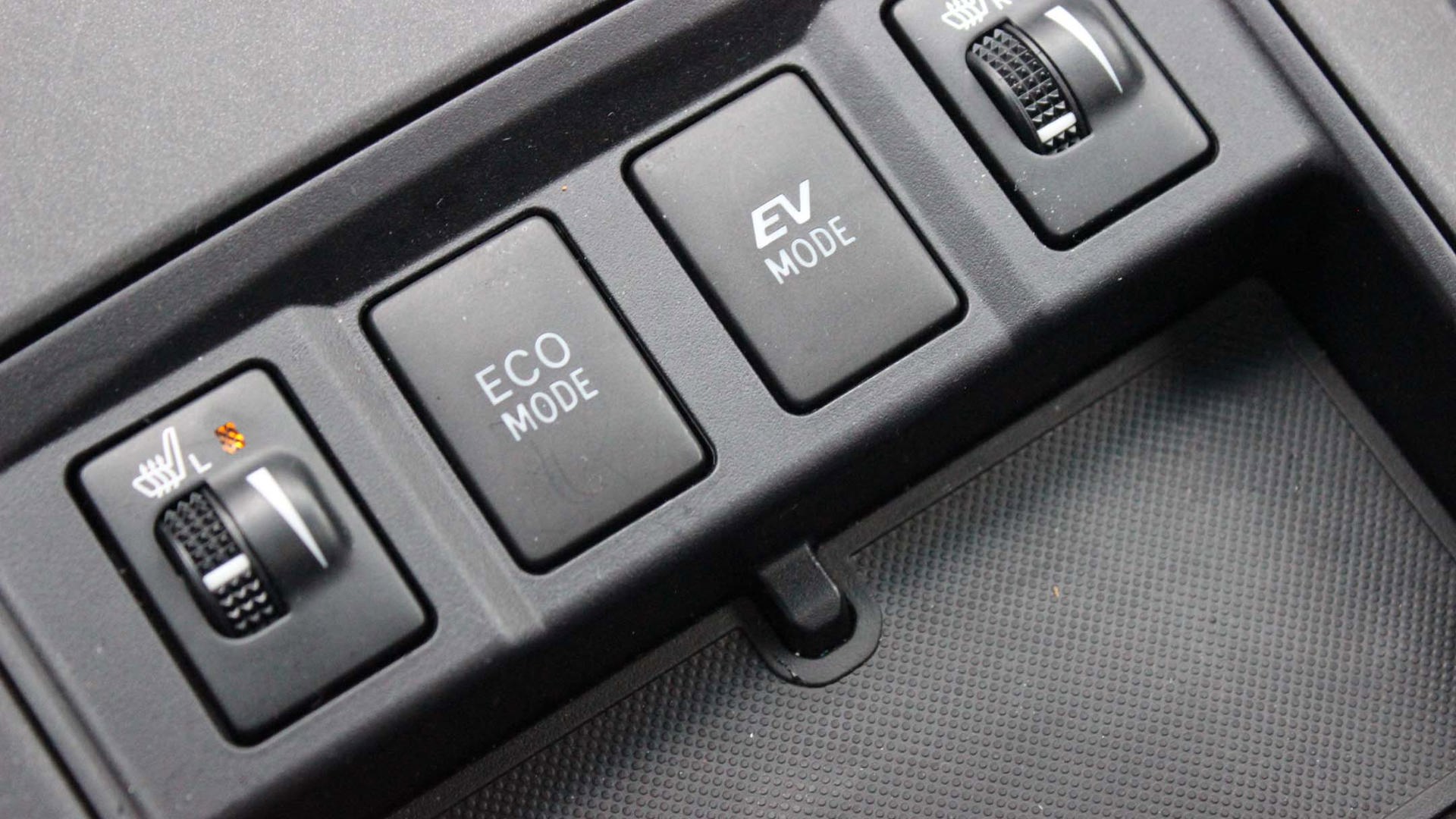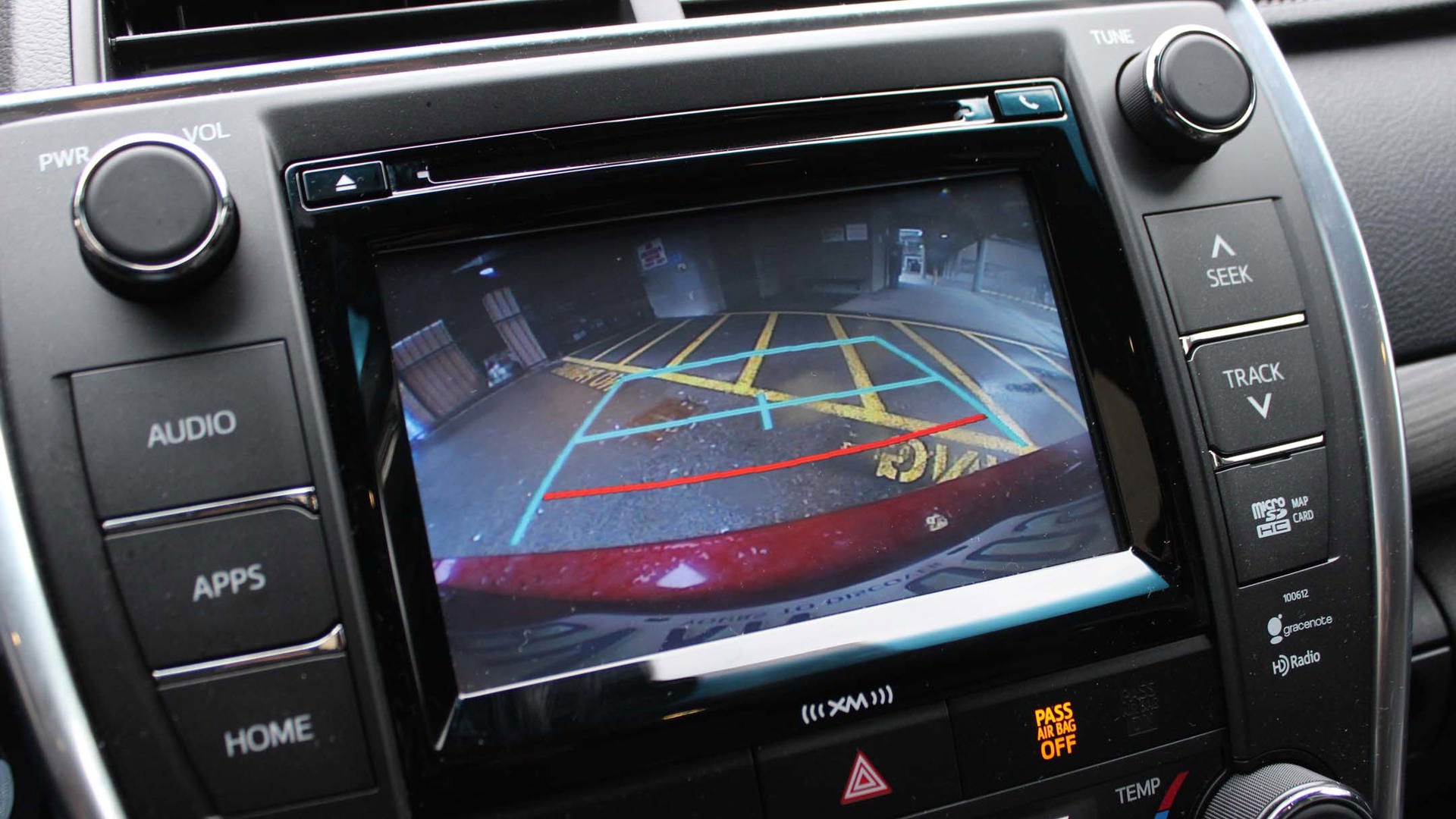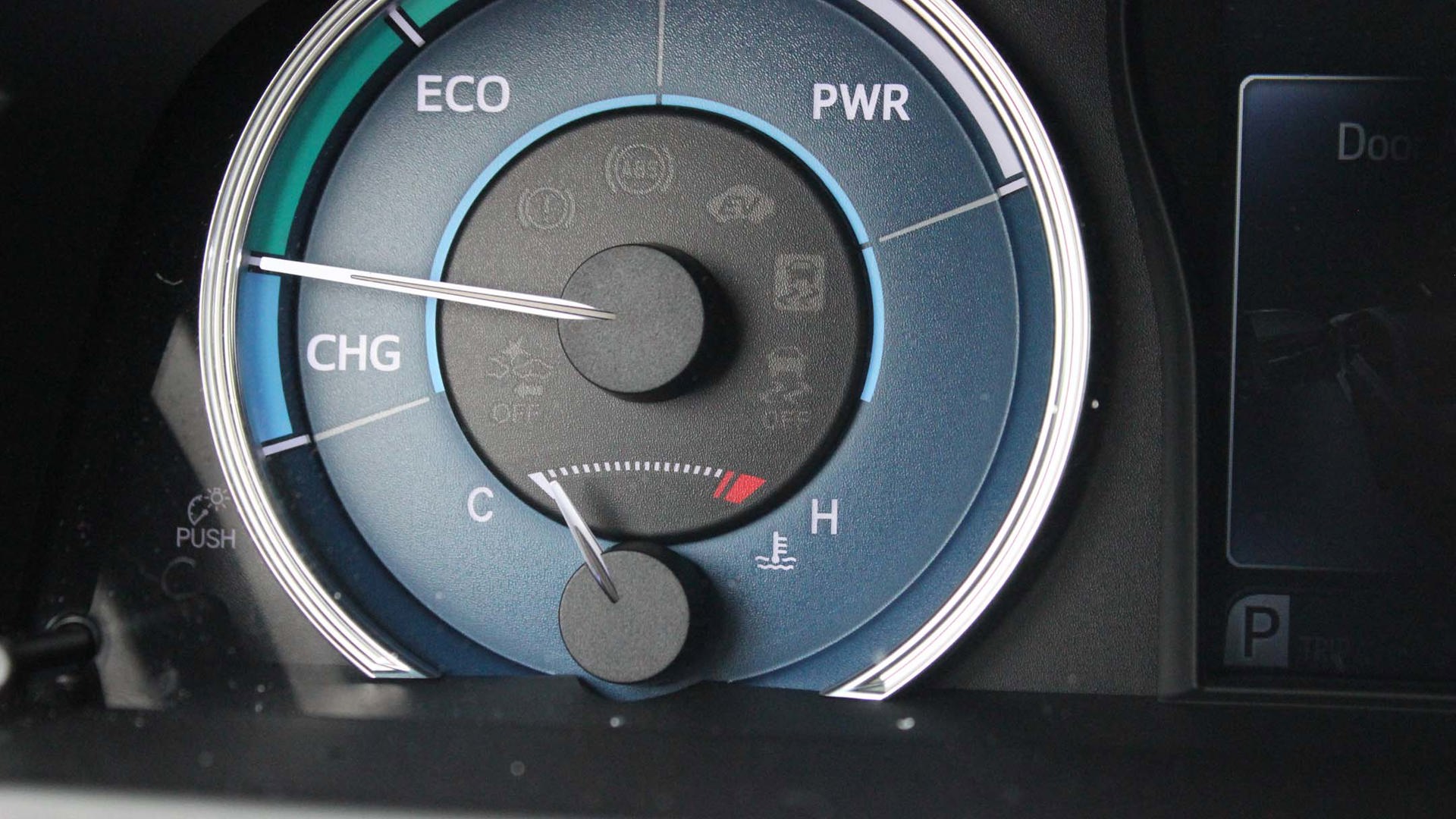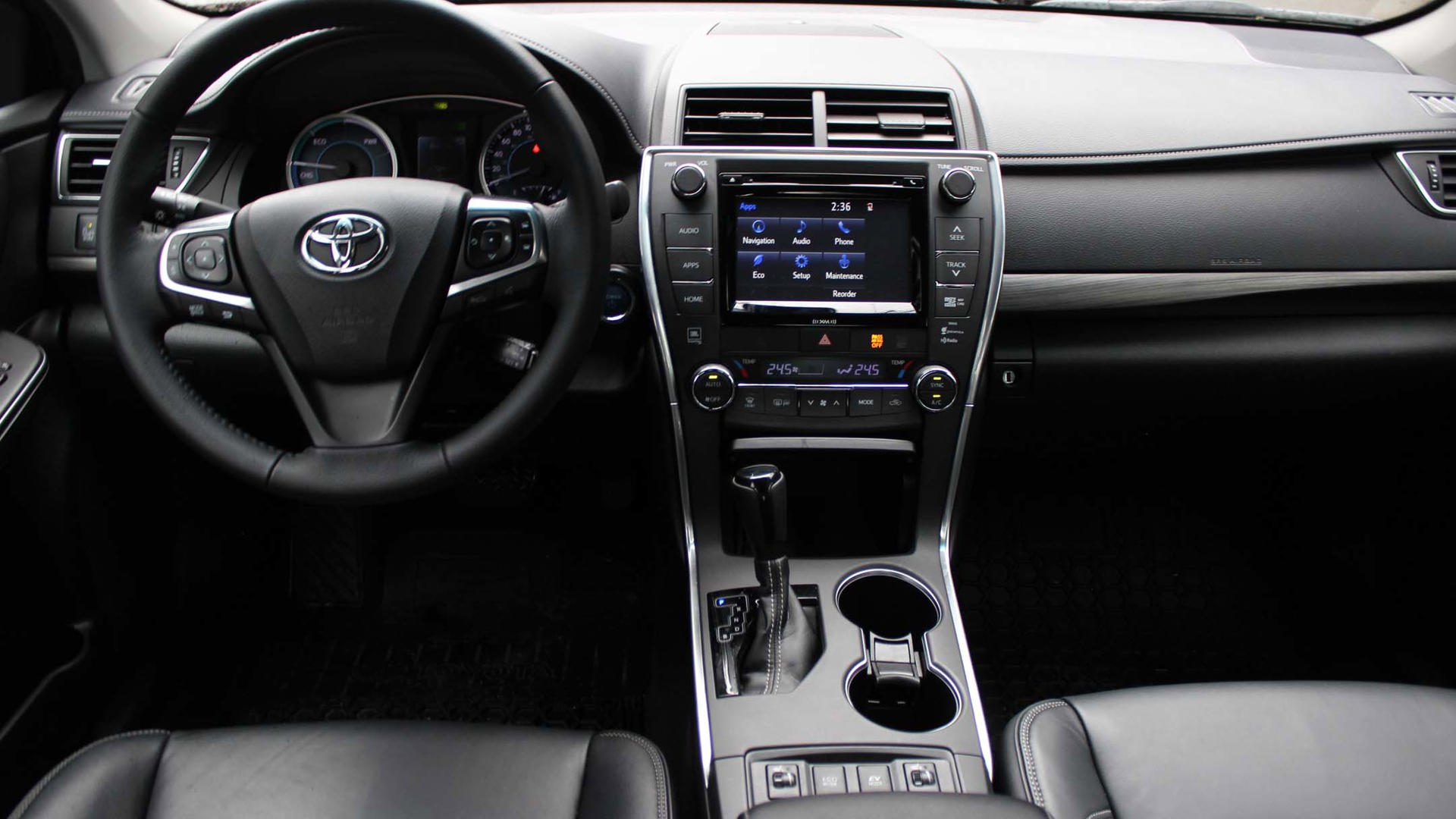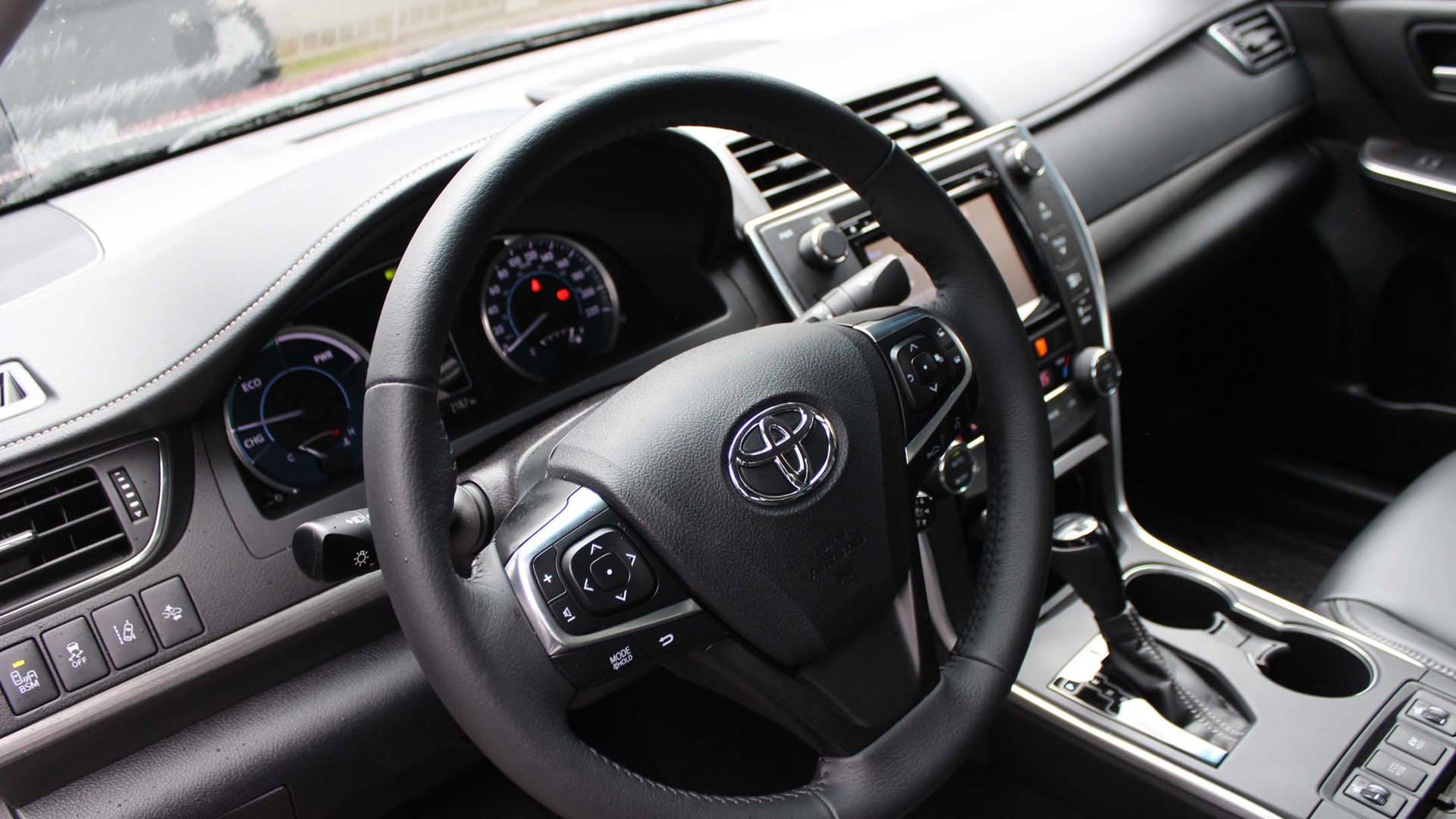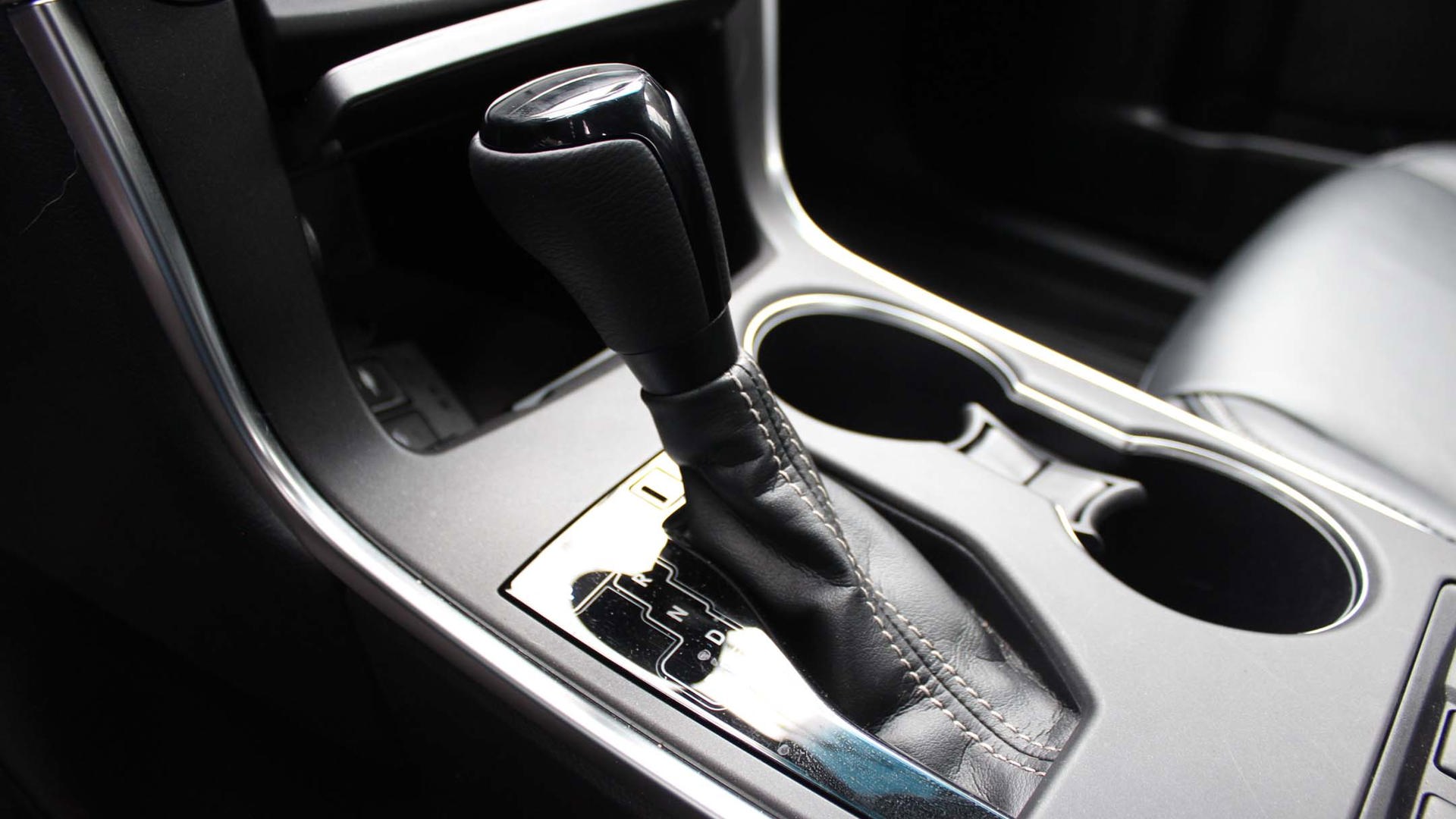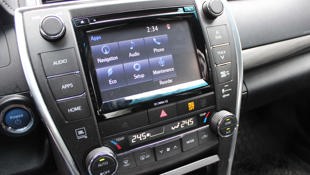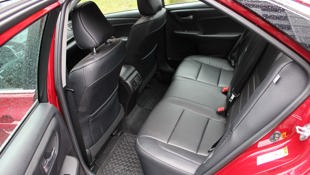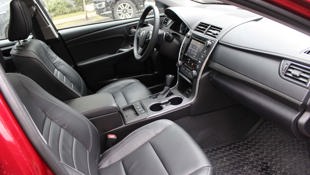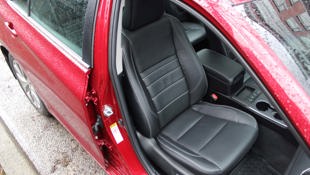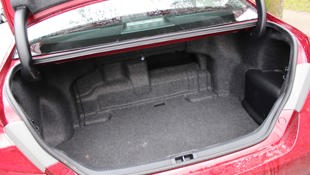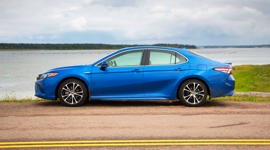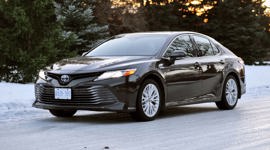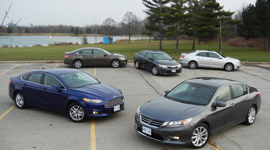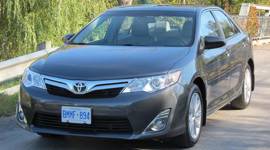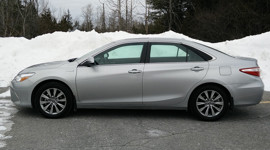 AutoTrader SCORE
AutoTrader SCORE
-
STYLING6/10
-
Safety7/10
-
PRACTICALITY8/10
-
USER-FRIENDLINESS8/10
-
FEATURES7/10
-
POWER7/10
-
COMFORT8/10
-
DRIVING FEEL8/10
-
FUEL ECONOMY9/10
-
VALUE7/10
The Toyota Camry and its smaller Corolla stablemate have long been the punchlines for many a car journalist, especially in North America. My fraternity must not like success, then; for all we joke about Toyota’s mid-size, it continues to sell in droves. In Canada last year, no car in the segment really came close to the Camry’s 15,000+ sales figure. And the Corolla? Fuggheddaboutit. It’s the highest-selling model of all time. That is all.
The Camry delivers on what it promises to deliver
Of course, there’s a good reason that these vehicles do so well, and it’s because while a single aspect of either one may not necessarily impress anyone, the whole package makes many buyers happy and offends absolutely no one. They’re roomy, they have reliability for years, the Camry especially possesses a fantastic ride and while the styling took a step in the right direction for this current generation, it’s decidedly “better-safe-than-sorry” when it comes to artistic flare. It’s not bad, necessarily, but neither is oatmeal and I’ll venture to guess that maybe two per cent of Camry drivers buy a Camry because its looks pushed them over the edge.
And if you ask Toyota or Camry owners, they’ll say that this suits them just fine. The Camry delivers on what it promises to deliver – comfort, reliability, cloud 9 ride -- final point. Having said that, each and every one of the Camry’s competitors has more to offer in the styling department, so Toyota must be wary; a look at the current car’s replacement slated for the 2018 model year (sport model, optional red interior, more) suggests that they are.
Our tester, of course, is the current-gen car and a bit of a deviation from the usual path in that it features Toyota’s tried and tested Hybrid Synergy Drive tech, which makes use of an Atkinson-cycle inline-four good for 200 hp. The amount of torque it makes, however, is harder to define simply because peak torque figures are reached at different levels between the electric and 2.5L gas engines. What you do get, of course, is instant torque as you start off thanks to that electric motor. It adds just a little extra zip from stop over other four-cylinder Camries.
Assuming you’ve stored enough juice (if you don’t, it’s made painfully obvious as the car yells at you in message form when trying to select “EV” mode), you can cruise for a good distance at proper speeds; we saw 70 km/h in EV mode over numerous kilometres. Then, as you start to go through juice and need more, you can coast or brake for even more regen. The Camry’s continuously variable transmission gets a ”B” mode in addition to “D”; while you may think the extra drag caused when in “B” means more power regen, that’s not what it’s about. It works as kind of an engine-braking system to help compliment the brakes when descending steep grades. Indeed, as soon as you let off the accelerator, the car starts to feel like it’s dragging an anchor behind it. B-Mode won't help you recharge the battery faster, so save it for mountain descents.
In the end, we saw 7.1 L/100 km in the combined cycle (costing us 16.7 L of fuel over 236 km) and while that does sit a little higher than Toyota’s published figures, if you were to spend more of your time in the city over the course of the year, I’d be pretty confident that you’d eventually reach the published figure of 5.9 L/100 km. We went on a long highway drive that takes a toll on your hybrid’s average fuel economy when you only put a total of 236 km on the car.
It does beg the question, though: the Ford Fusion, Kia Optima and Hyundai Sonata have plug-in hybrid options, meaning larger batteries and longer EV range; you have to think that the cars that do have the option may sway some buyers away from the Camry, which, while a hybrid pioneer, has fallen behind the competition a little in this regard. Having said that: even though Toyota has said nothing of a PHEV version when the car gets redesigned for 2018, they are claiming the new Hybrid will get big improvements in range. We shall see.
In the current car, you can keep track of what’s going on either by the left analogue gauge where a tach would normally sit, a display between the gauges or on the main infotainment screen, which comes as standard on all Hybrid trims (LE, SE, XLE) but grows from 6.1 to 7-inches on the XLE model, seen here. You also get 10-speaker JBL audio, which is fine, if a little low on the speaker count when you consider the multi-speaker systems available from other manufacturers at retail today.
The screen, of course, also serves as your conduit to all your infotainment needs and while it’s easy enough to navigate, the graphics are tired. Look for them to be updated when the next-gen Camry debuts. You do get wireless charging for your device, however, which is nice to have although Apple CarPlay and Android Auto compatibility has not arrived as of yet.
So while it’s a requirement even for a Camry to throw infotainment into the discussion, the real take-home when it comes to the Camry’s interior is just how colossal it feels inside. Yes; Honda says the Accord Hybrid has more room in the back seats, but I can’t say they feel quite as cavernous as the items seen here. It may have something to do with the fact that the Accord’s seats have slightly thicker padding than do the items in the Camry; they’re not quite Taxi-spec flat, but in the front seats especially, I was surprised that I had to really extend the lumbar to get the support I needed. That’s rarely the case for me in cars as I usually prefer a flatter lumbar.
It is roomy, though. Not once did my straying knees or elbows come in contact with something they weren’t supposed to (hard plastic inserts, etc.) which often isn’t the case when you’re dealing with a 6’3” frame. Big win here for the Hybrid.
It also does well in the cargo department considering it’s a hybrid; yes, there’s a battery back there taking up some room in the trunk (the Hybrid gets 371L of storage; non-Hybrids get 436L) and prevents a full-folding rear seat, but there is a pass-through door for longer items. We got an adult-sized hockey bag and sticks in there, no problem.
From there we come to the Camry Hybrid’s next party trick: the ride. Put simply, it’s exactly as you’d imagine it to be considering the soft body lines; very soft, very comfortable. Yes, you’ll encounter some noticeable body roll as you start to take more bends and get the car’s 2,100 kg mass shifting from side-to-side, but in normal driving conditions experienced by most on the daily grind, it ticks all the right boxes, swallowing up potholes and raised railway crossings like it’s going out of style. Perfect.
The noise, vibration and harshness meter does spike a little, however, when the gas engine comes on-line. Especially if you’re putting it under load while trying to make a pass at highway speeds or when ascending a grade, it is a surprisingly loud thing. Further, since 200 hp is not a huge amount, the noise isn’t always accompanied by rapid forward progress.
It’s a fine cruiser, however, helped along by a well-implemented lane departure warning system (it doesn’t steer you back on line, but it will graphically and audibly warn you), adaptive cruise control and blind spot monitor, all standard on the XLE.
It all points to a car that is impossibly easy to live with and even after all these years of increasing competition, the Camry remains a go-to car. When you’re about to depart for the office on a rainy winter’s day in Vancouver, there’s just something so nice, so home-cooked about stepping into your Camry.
Depending on who you ask, meanwhile, the Hybrid is the cherry on top as it adds improved fuel economy to the equation. Of course, at today’s gas prices it will take a little while to make up the $4,665 difference between the Hybrid and non-Hybrid XLE models, but you have to think that while cost savings is one thing for buyers, the reduction in environmental impact they impose with their Camry is another, and worth the extra change.
| Engine Displacement | 2.5L |
|---|---|
| Engine Cylinders | 4 + electric motor |
| Peak Horsepower | 200 combined |
| Peak Torque | N/A |
| Fuel Economy | 5.7/6.0/5.9 L/100 km city/highway/combined |
| Cargo Space | 371 |
| Model Tested | 2017 Toyota Camry Hybrid XLE |
| Base Price | $36,450 |
| A/C Tax | $100 |
| Destination Fee | $1,690 |
| Price as Tested | $38,495 |
|
Optional Equipment
Special colour ($255)
|
|
